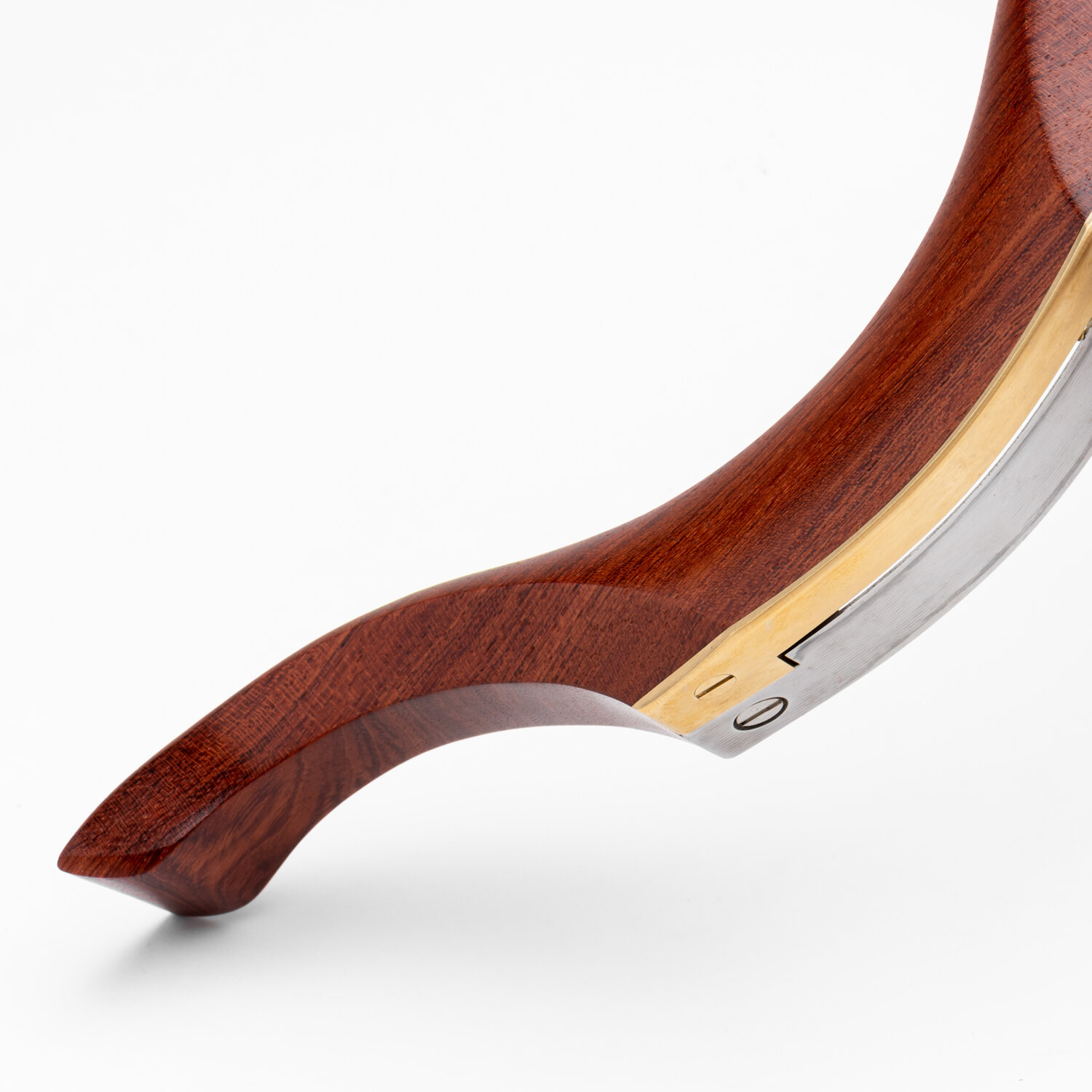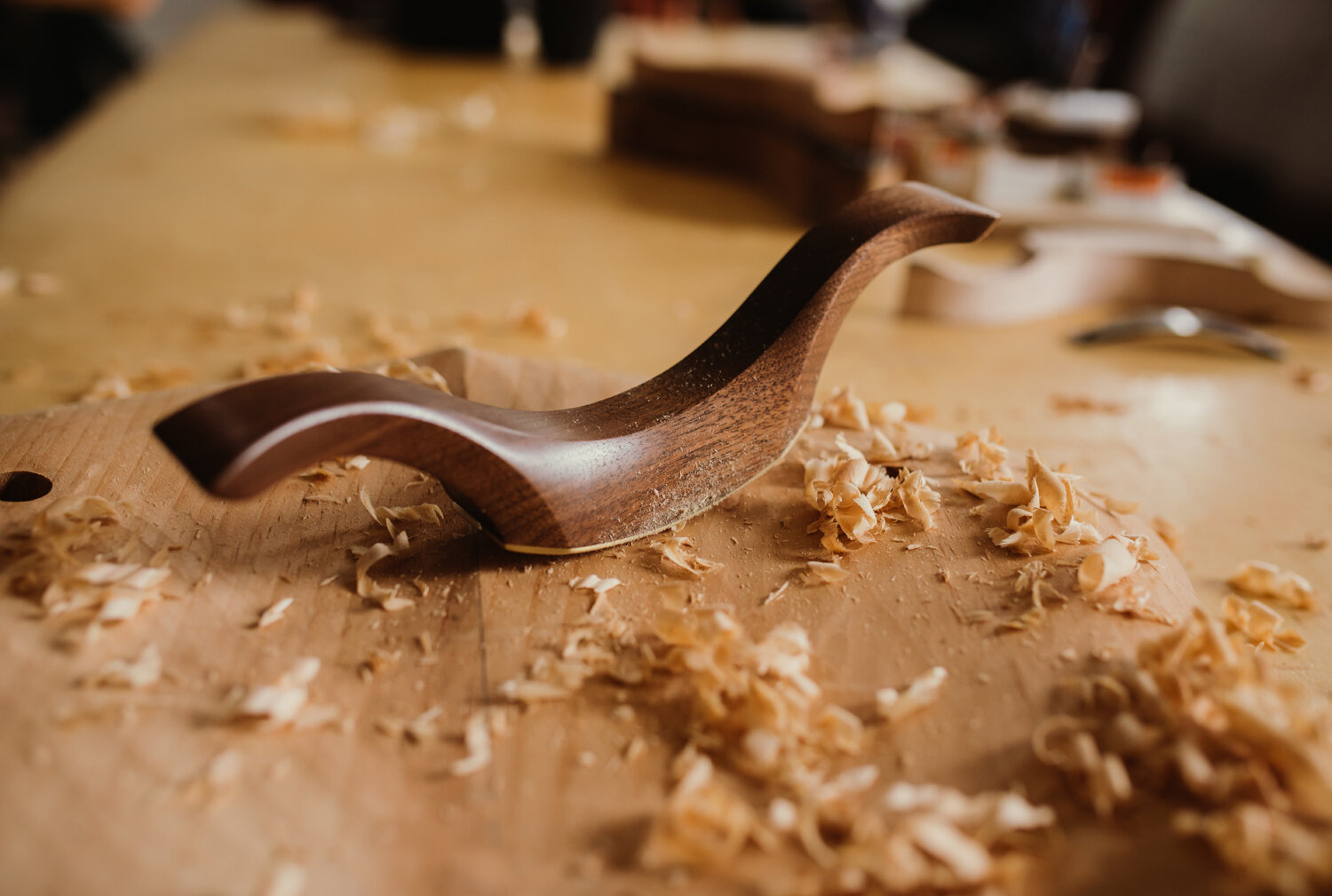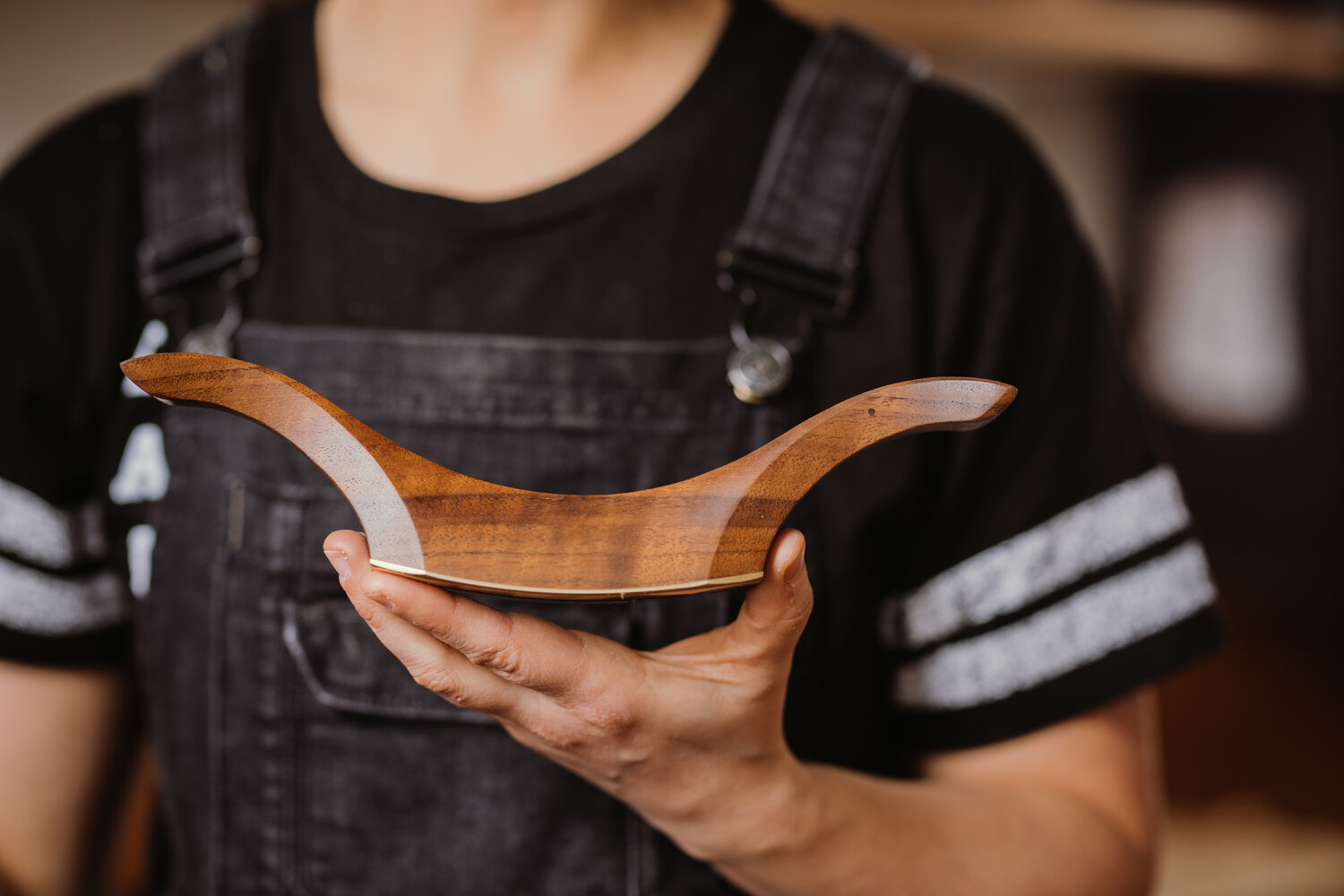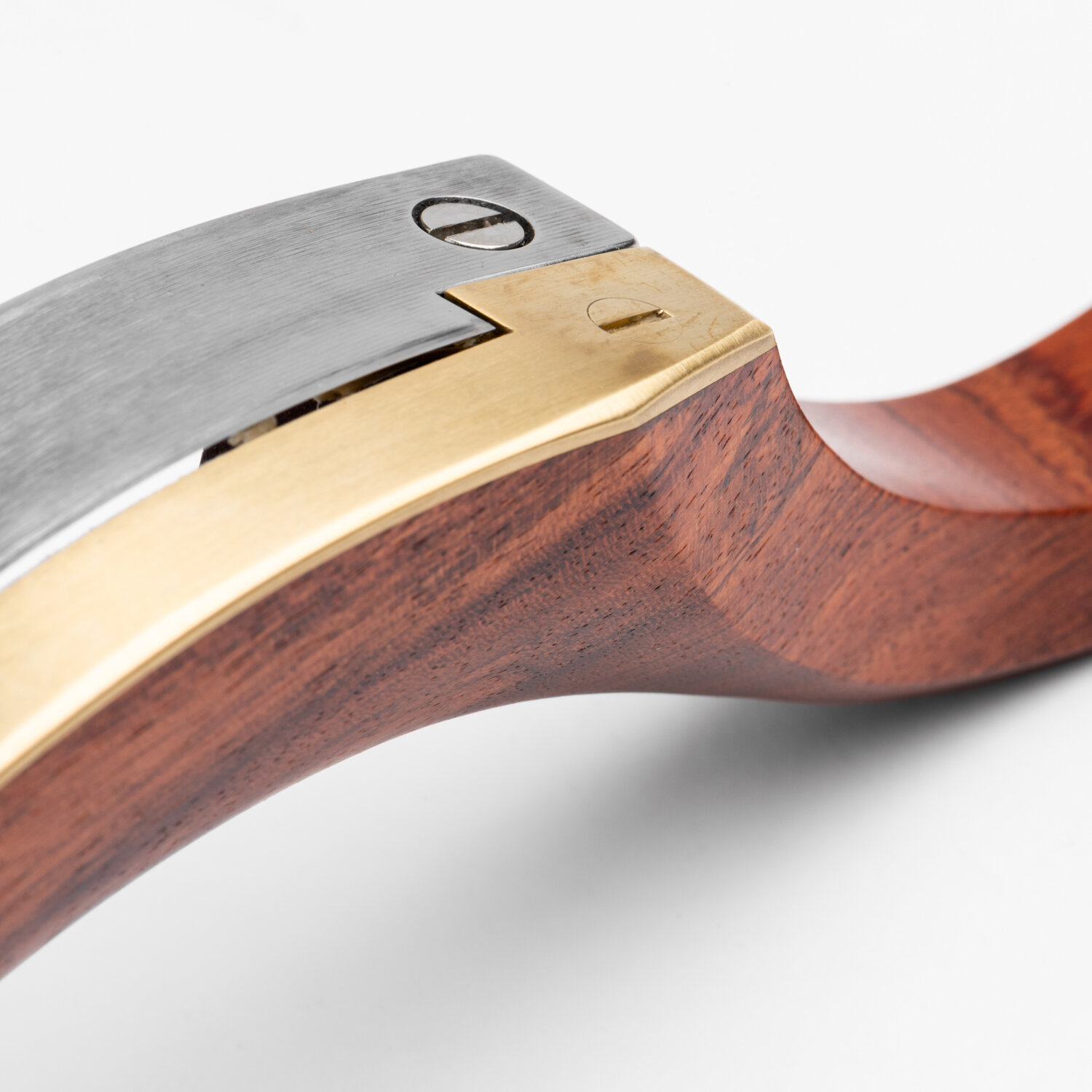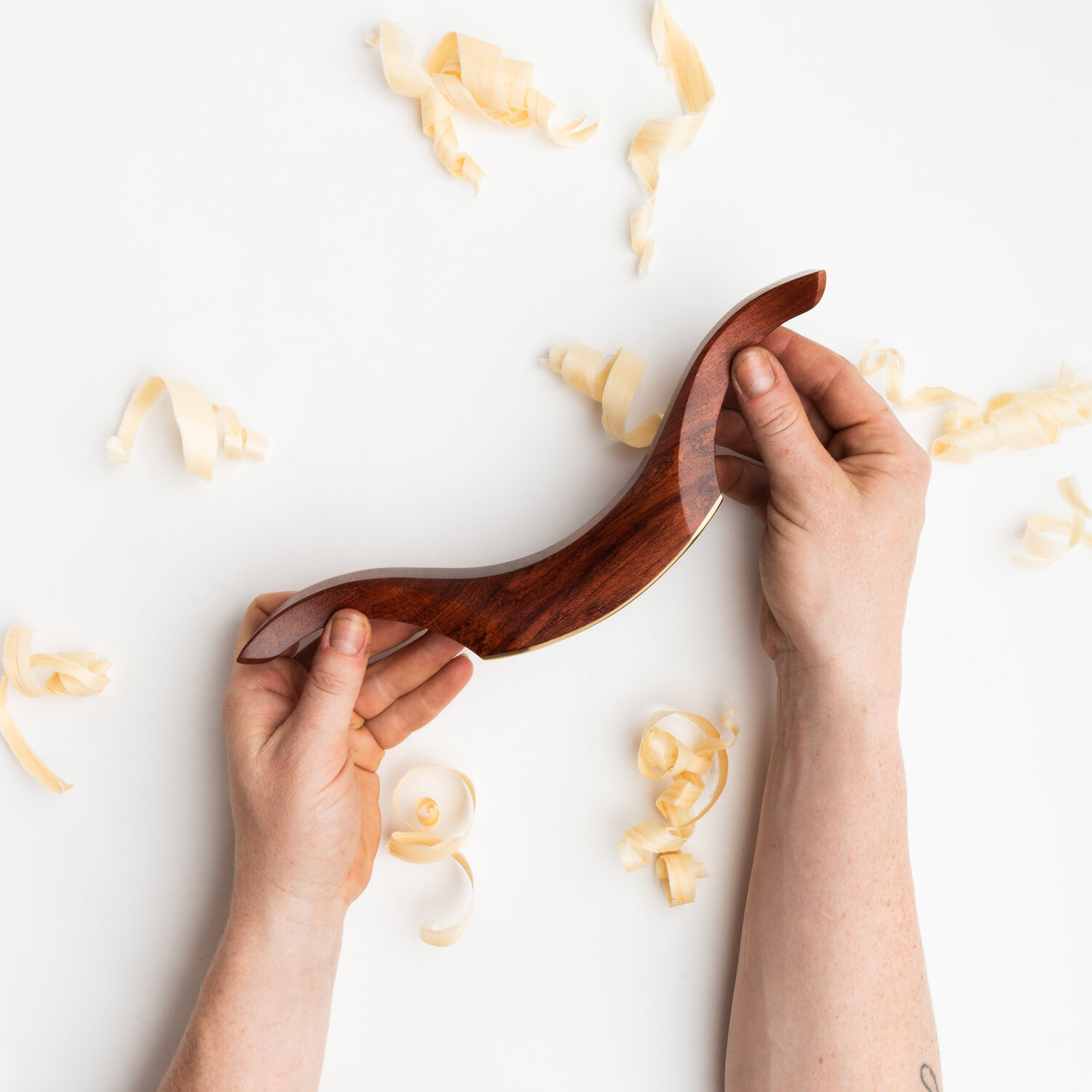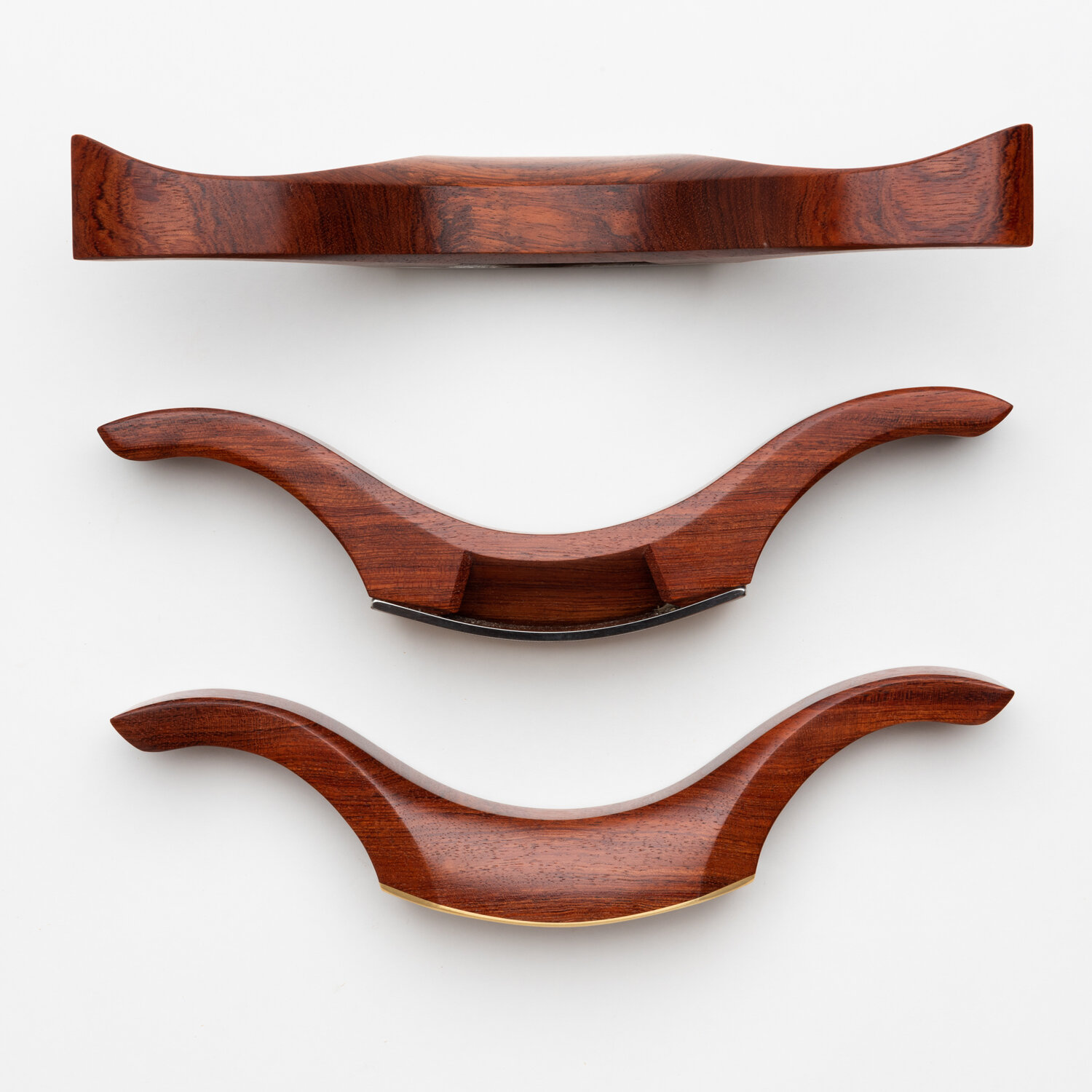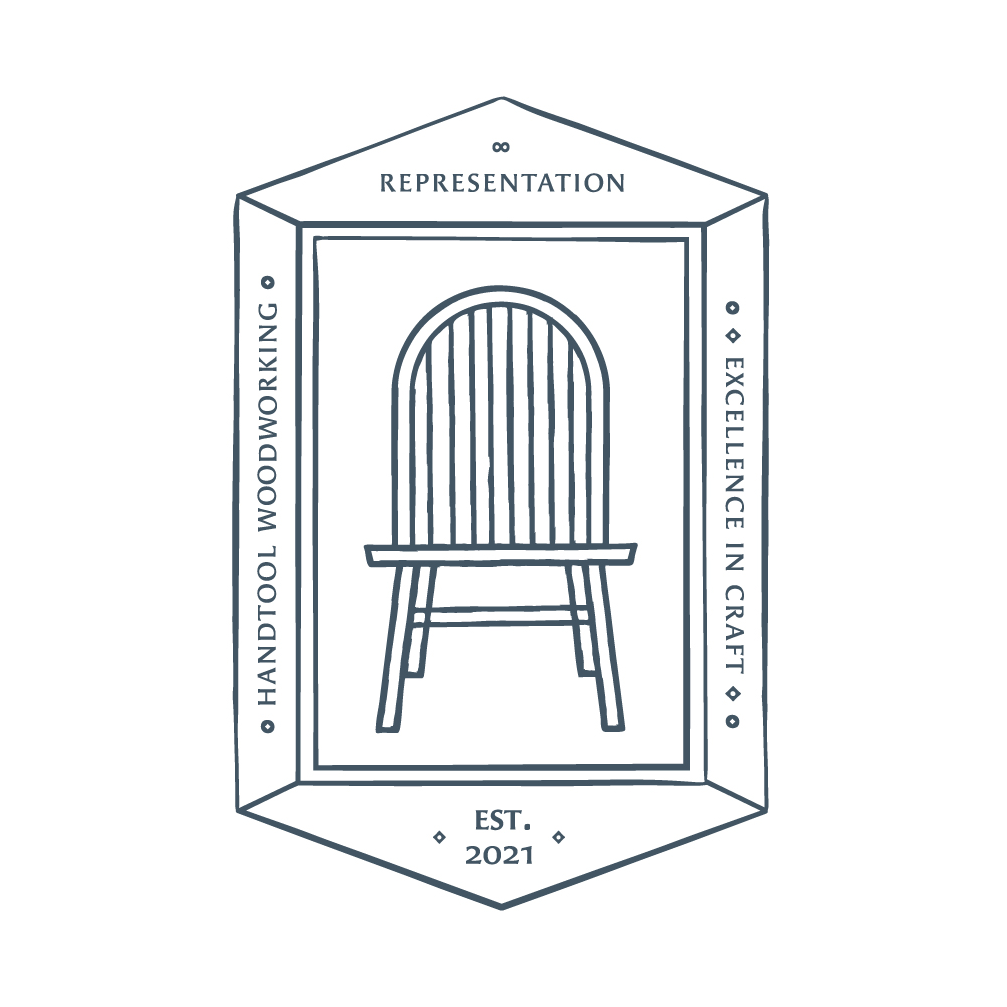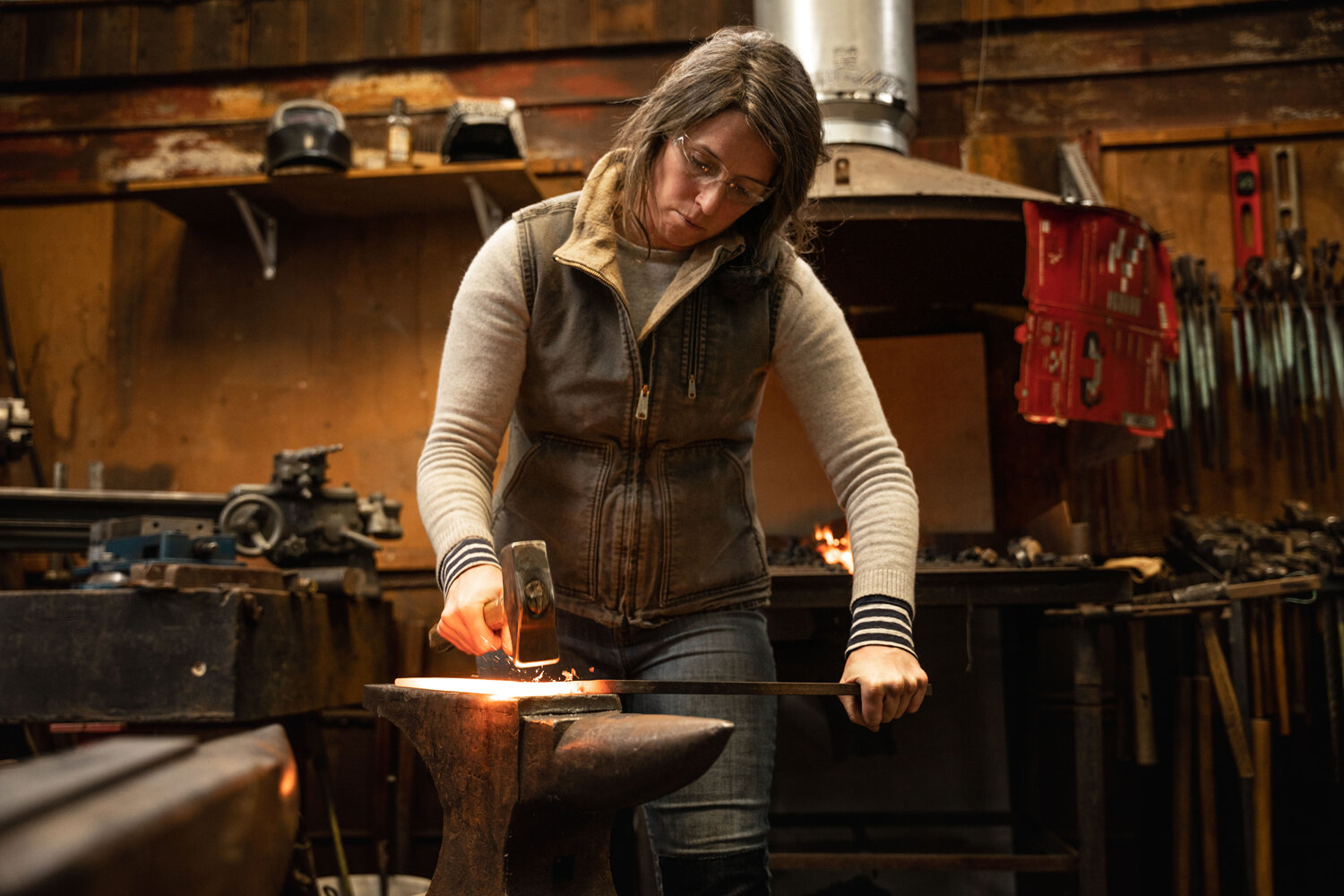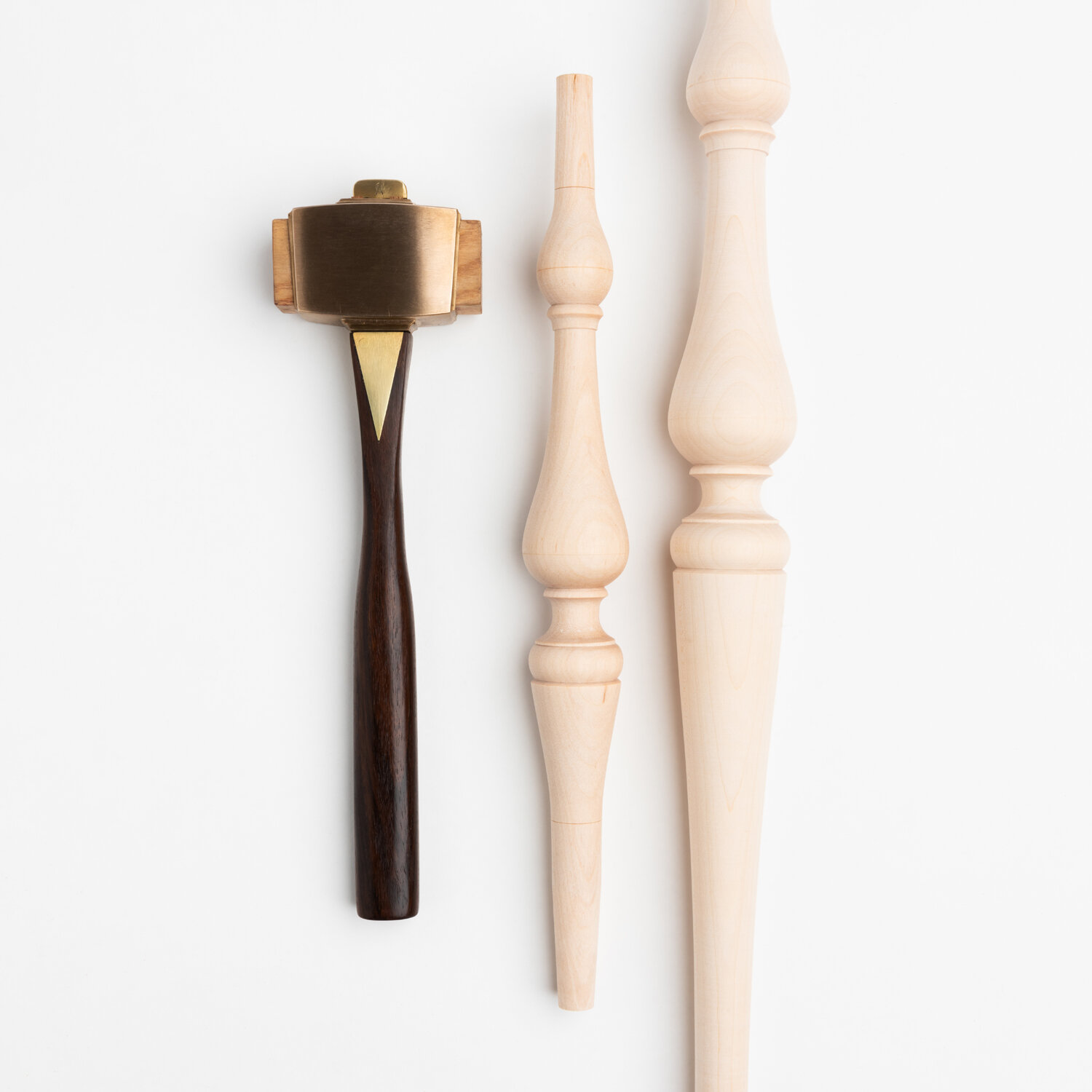
The Toolbox
Working with highly skilled BIBOC, female, and gender non-conforming toolmakers, The Chairmaker’s Toolbox produces precise, exquisite, thoughtfully designed classic tools built to last. Each tool is developed with and tested by some of the most experienced chairmakers in the country.
Julia Kalthoff
AXE + SHARPENER
The small carver is a specialty axe and a precision tool. It is useful in a variety of carving jobs, from removing lots of material to fine cutting surfaces. The 550 gram axe head is easy to swing. The edge comes ready to use and will hold a sharp edge for a long time. The 30-32 degree angle works well for both soft and hard wood. Hardened to 58 Rockwell, it has good edge retention and is still easy to sharpen.
The axe is balanced just below the axe head, which makes every gram work to your advantage.
The axe is balanced just below the axe head, which makes every gram work to your advantage.
Forged in Sweden from Swedish steel. Handle from Swedish ash.
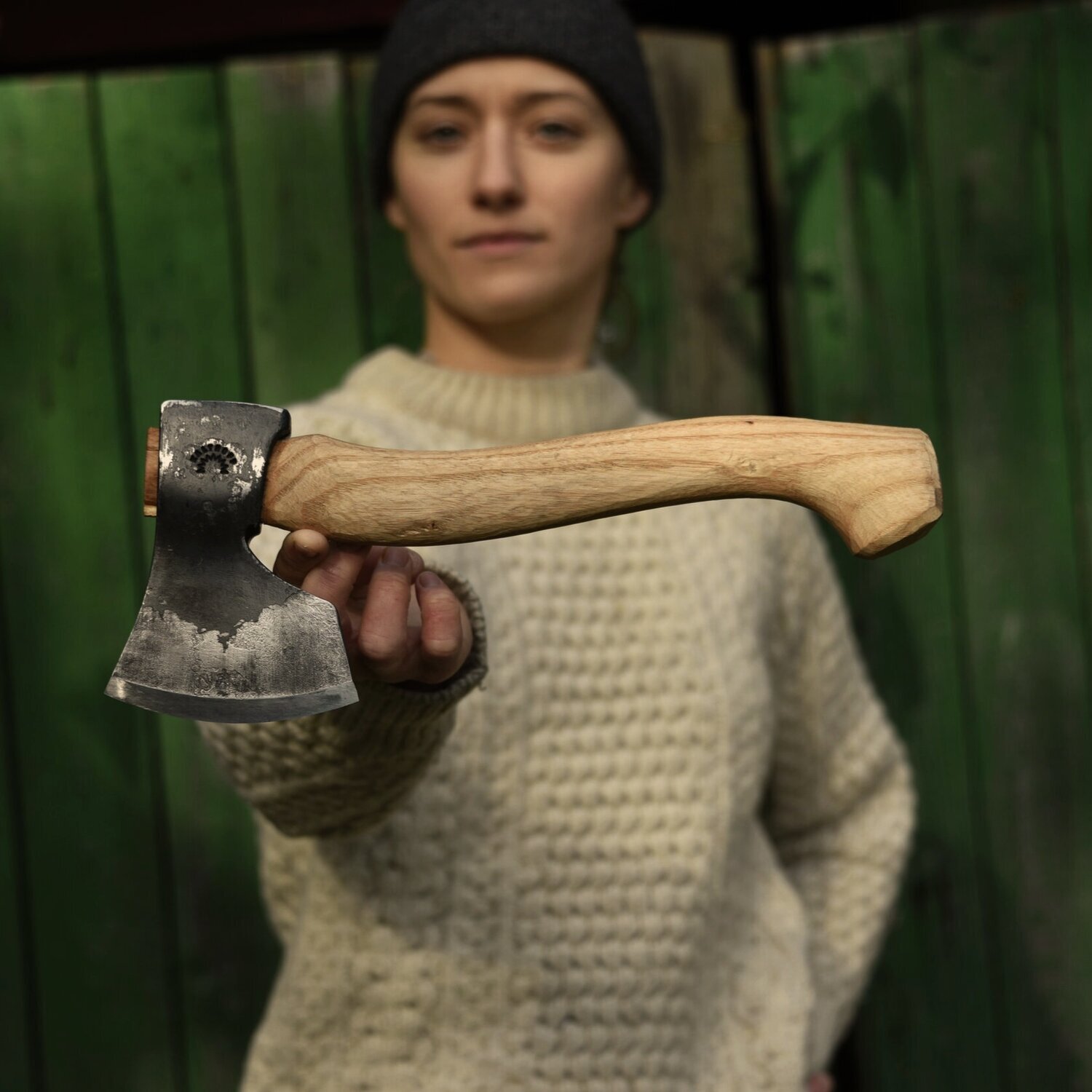
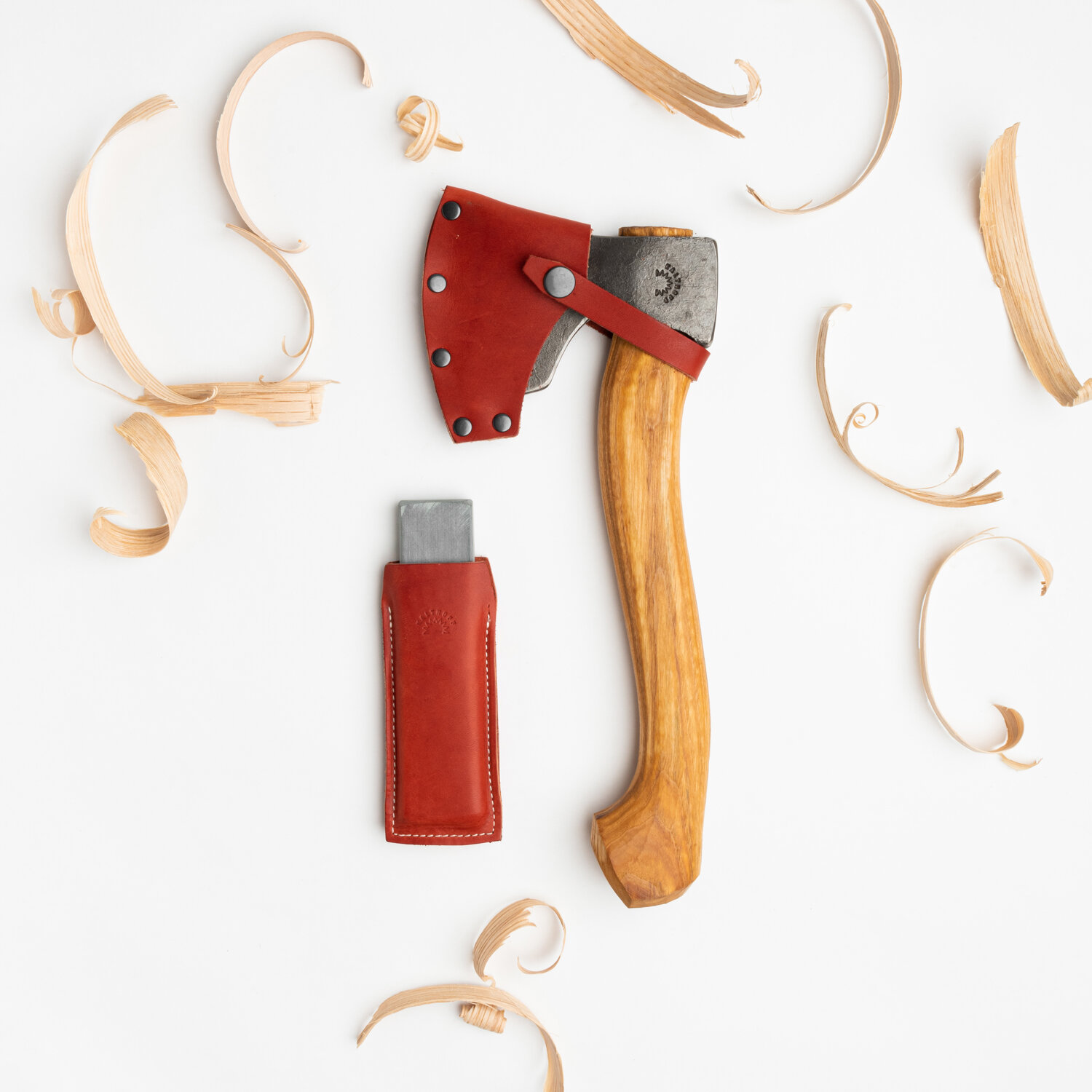


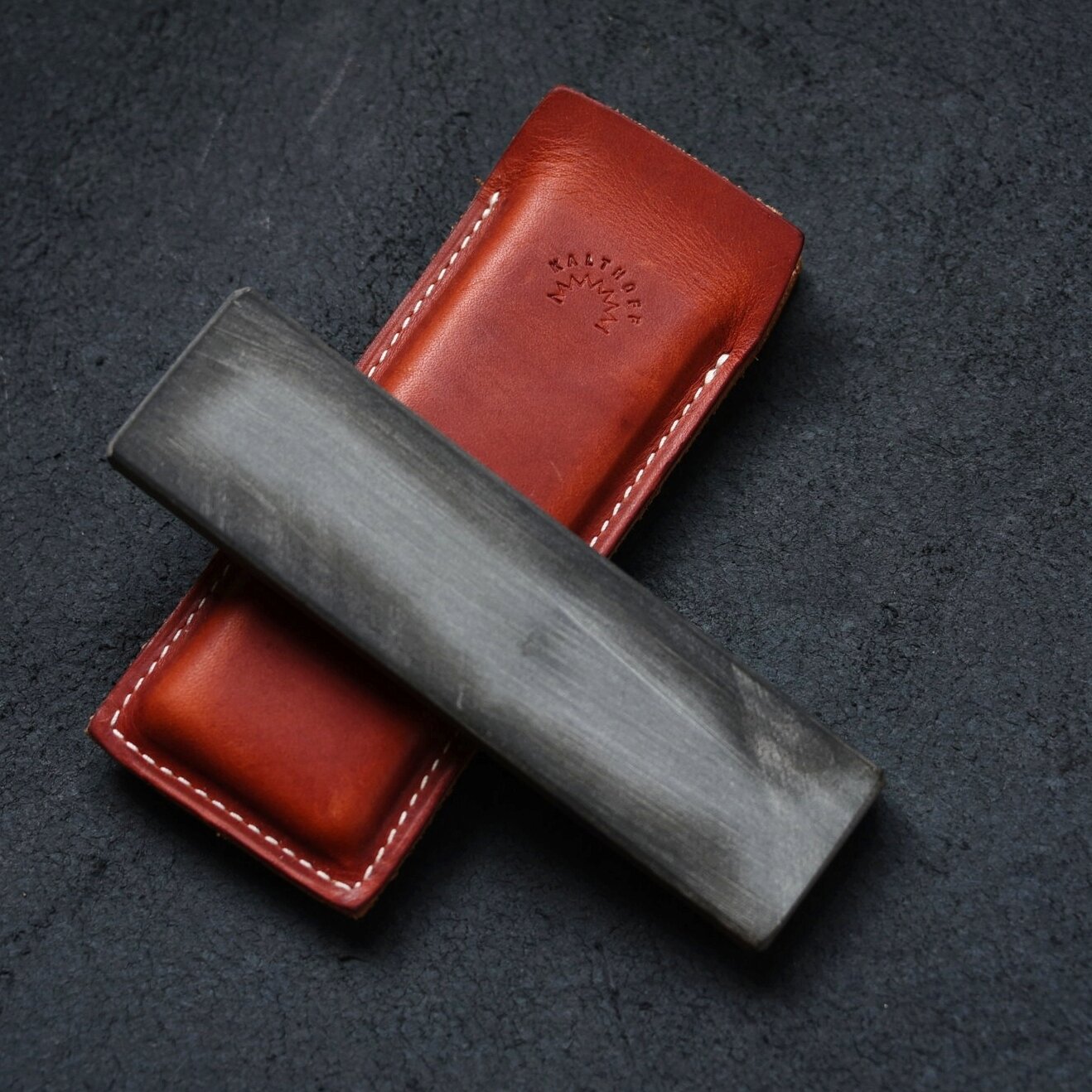
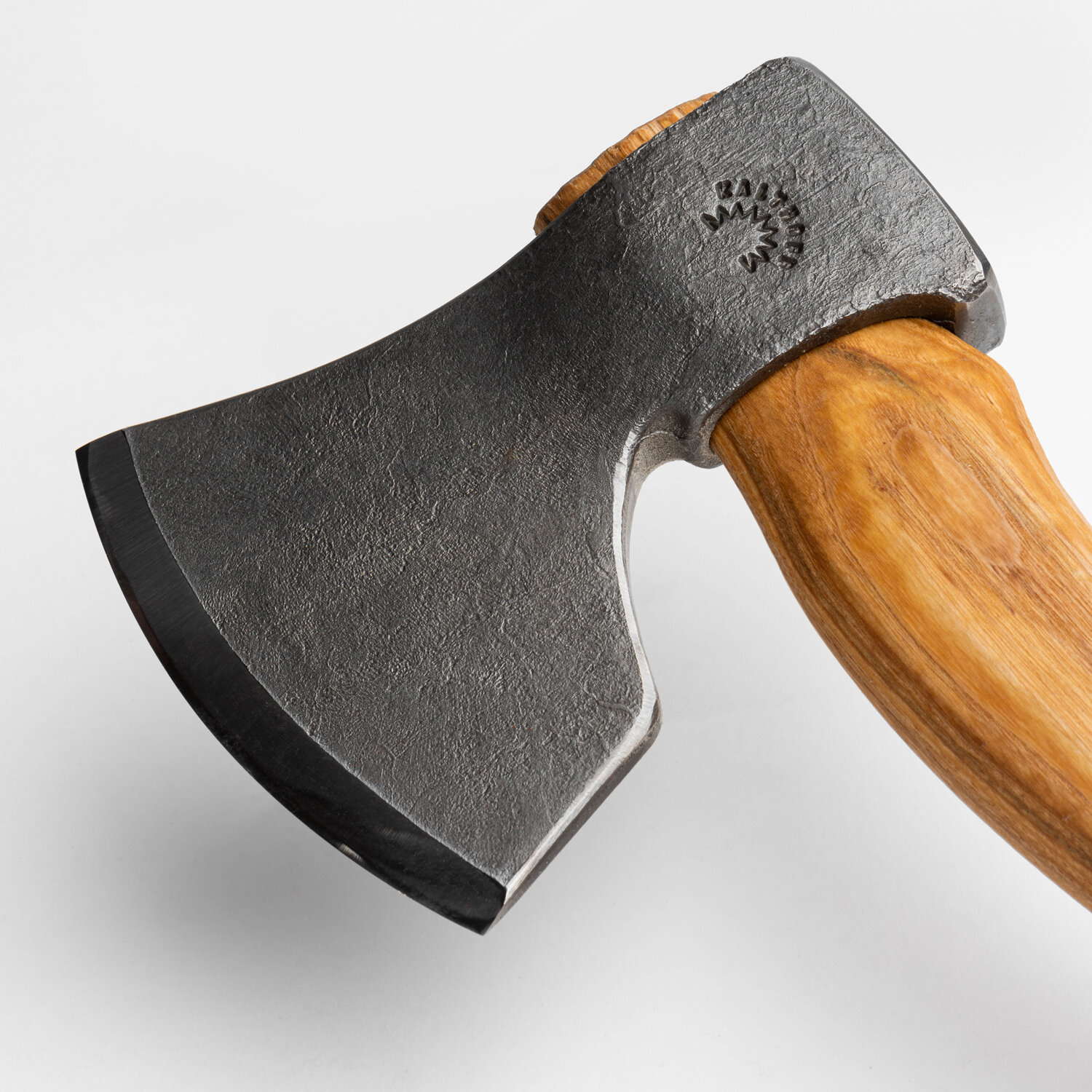
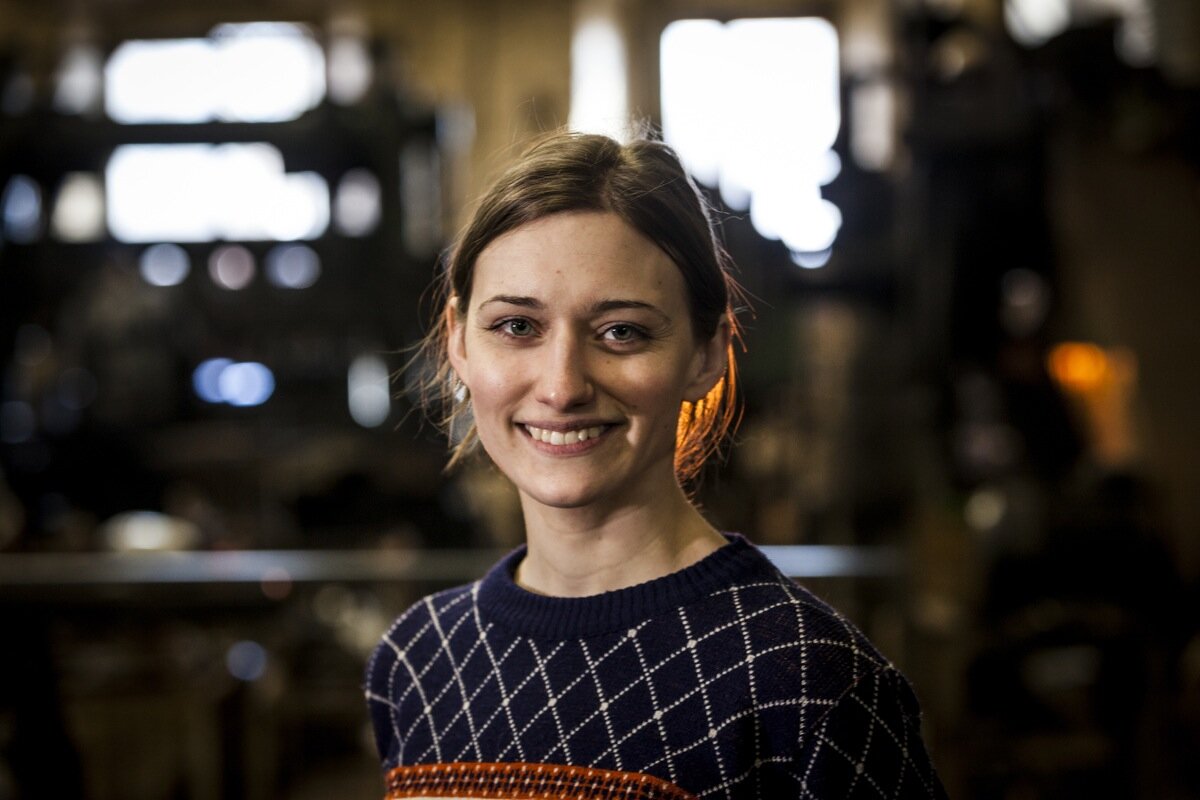




Fabiano Sarra
Travisher
Made from european beech, brass and O1 tool steel, this travisher is made to take heavier cuts in hard and soft woods. The overall form is designed to feel comfortable in the hand under heavy use and the wider sole increases surface contact, making it easier for anyone to pick up and use intuitively.
By shifting pressure from the toe to the sole, this travisher can take deep scoops and super fine shavings (think: anything from a scorp to a fine travisher)






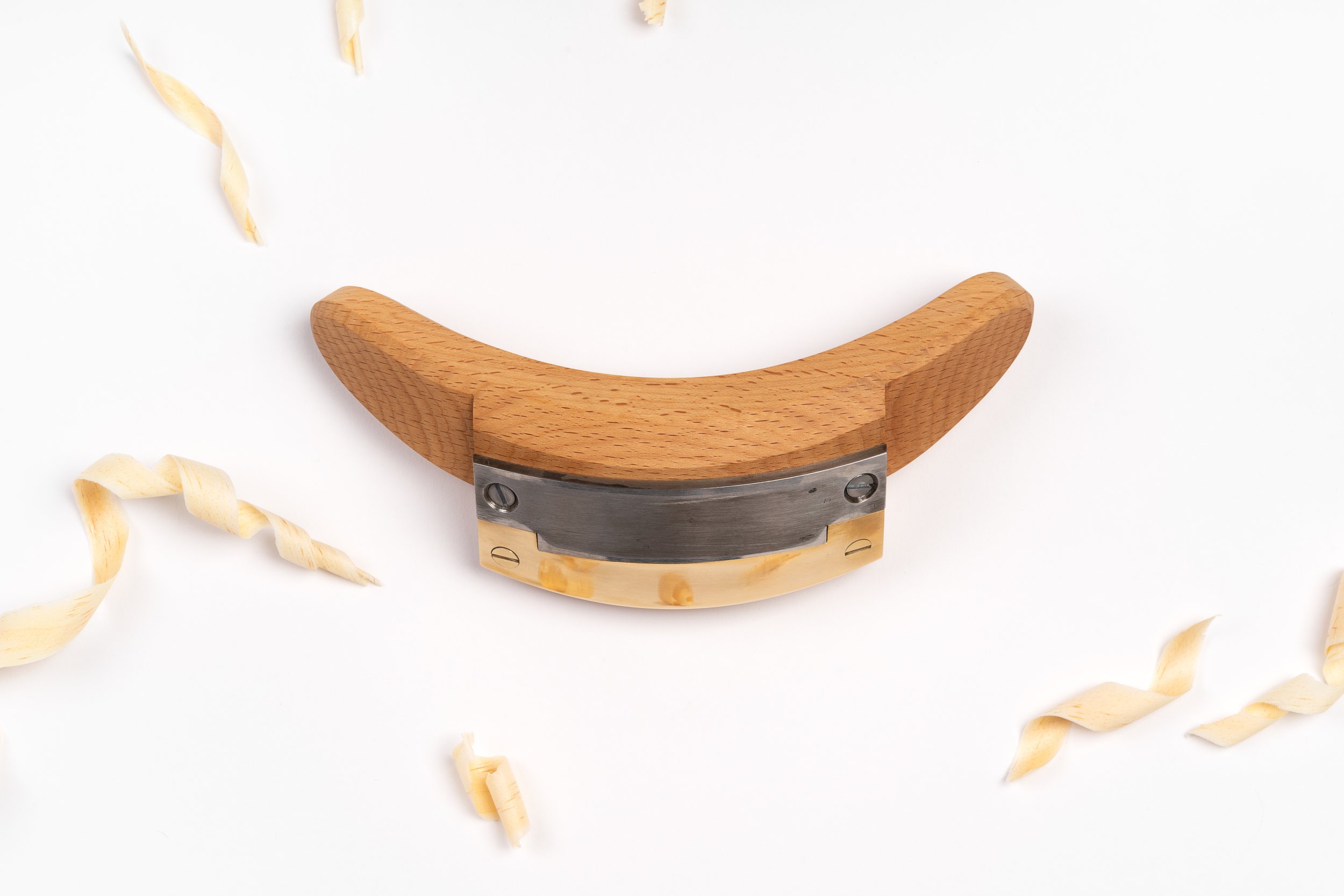


Meghan Martin & Andrew Meers
DRAWKNIFE
This drawknife is not just made to be beautiful, it's made with geometry that makes using and maintaining it comfortable and intuitive. The size of the drawknife makes it small enough to be nimble while it has plenty of blade for long slicing cuts. Meant to be used with the bevel down, this tool can both shave wood along the fibers and carve shapes with tight curves. This drawknife is made of carbon steel.
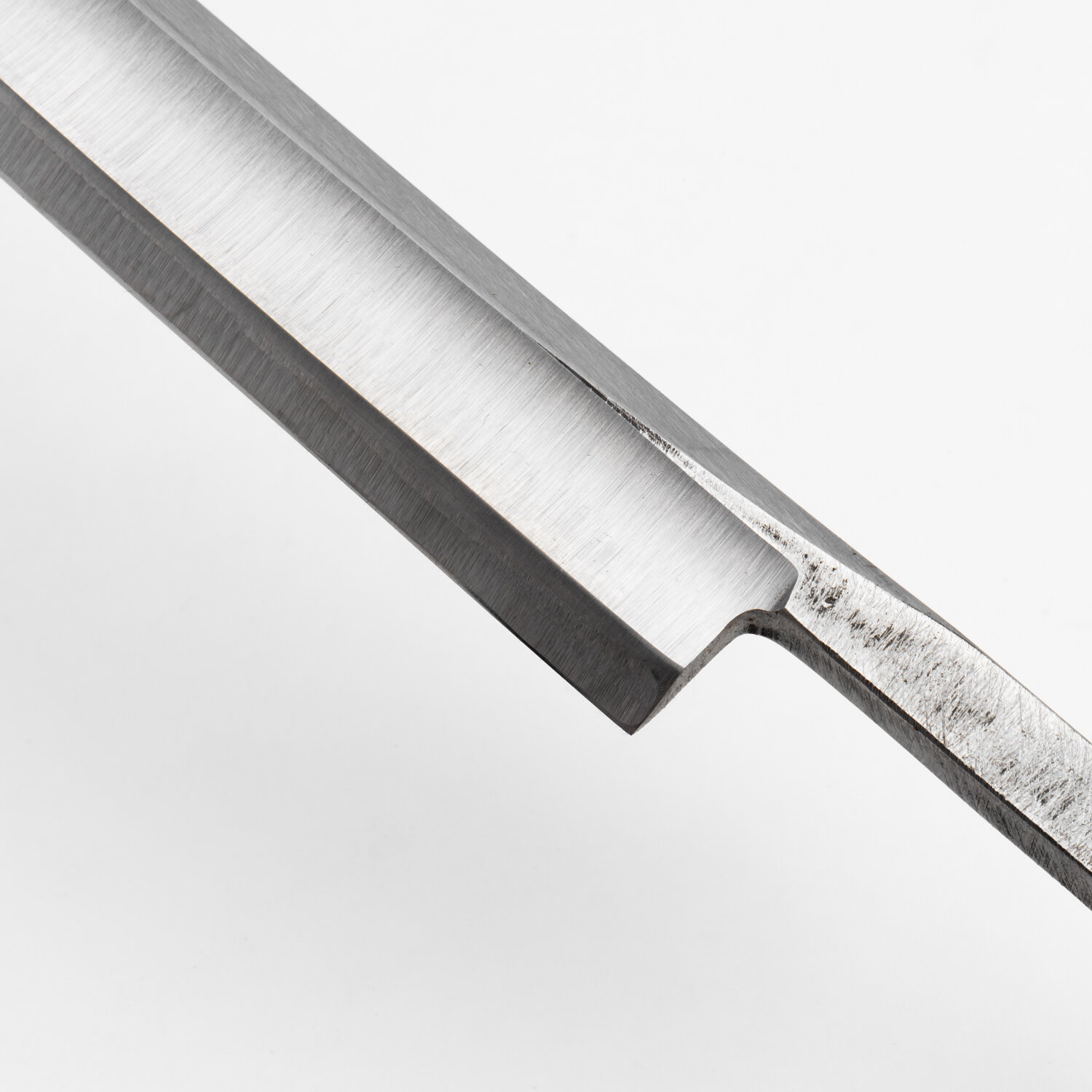


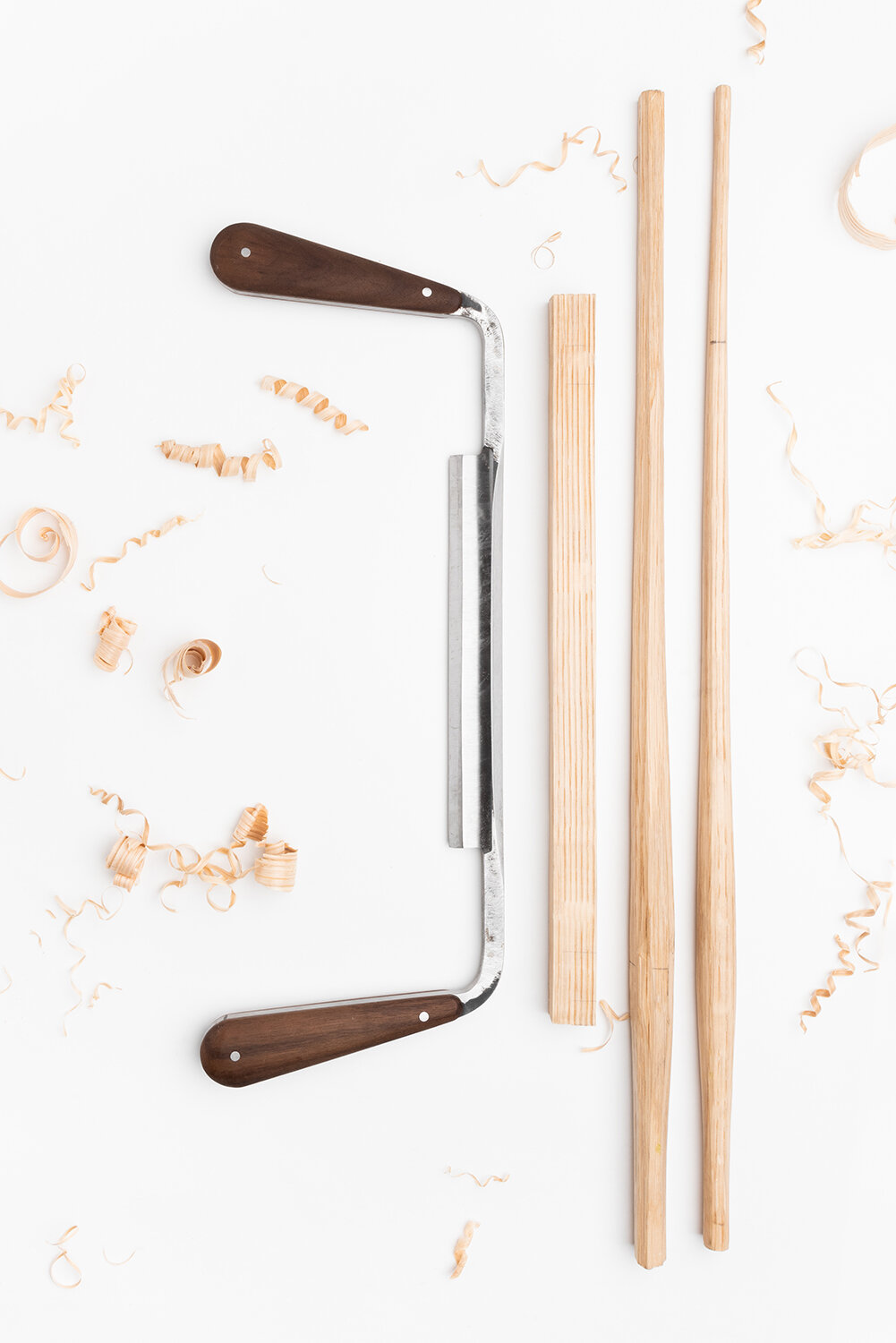


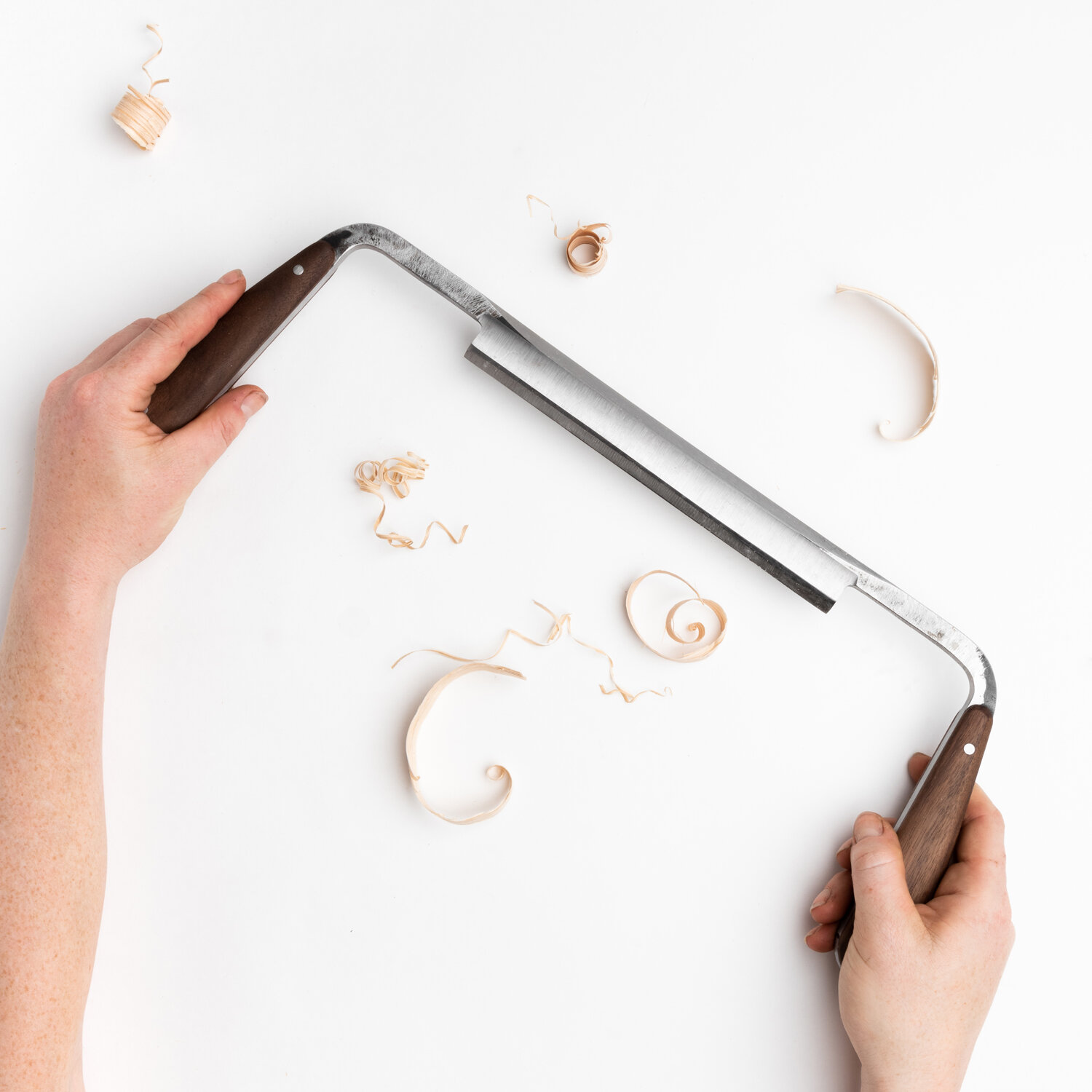



Rachel Kedinger + ME Hitt
froe + Mallets
The geometry and size of a froe are essential to its function. This froe is the right width and thickness to give power and control when riving. The subtle curve in the cross section adds to the ability to guide splits in use. The addition of a cross pin allows the user to disassemble the tool for travel but ensures that the handle stays in place when in use.
The handle and pin are made of ash, turned on a lathe and individually fitted to the eye of each blade. The mallets are also made of ash, and are finished with shellac and wax. Ornate versions of the froe are available in ash, dyed black and with a brass pin.
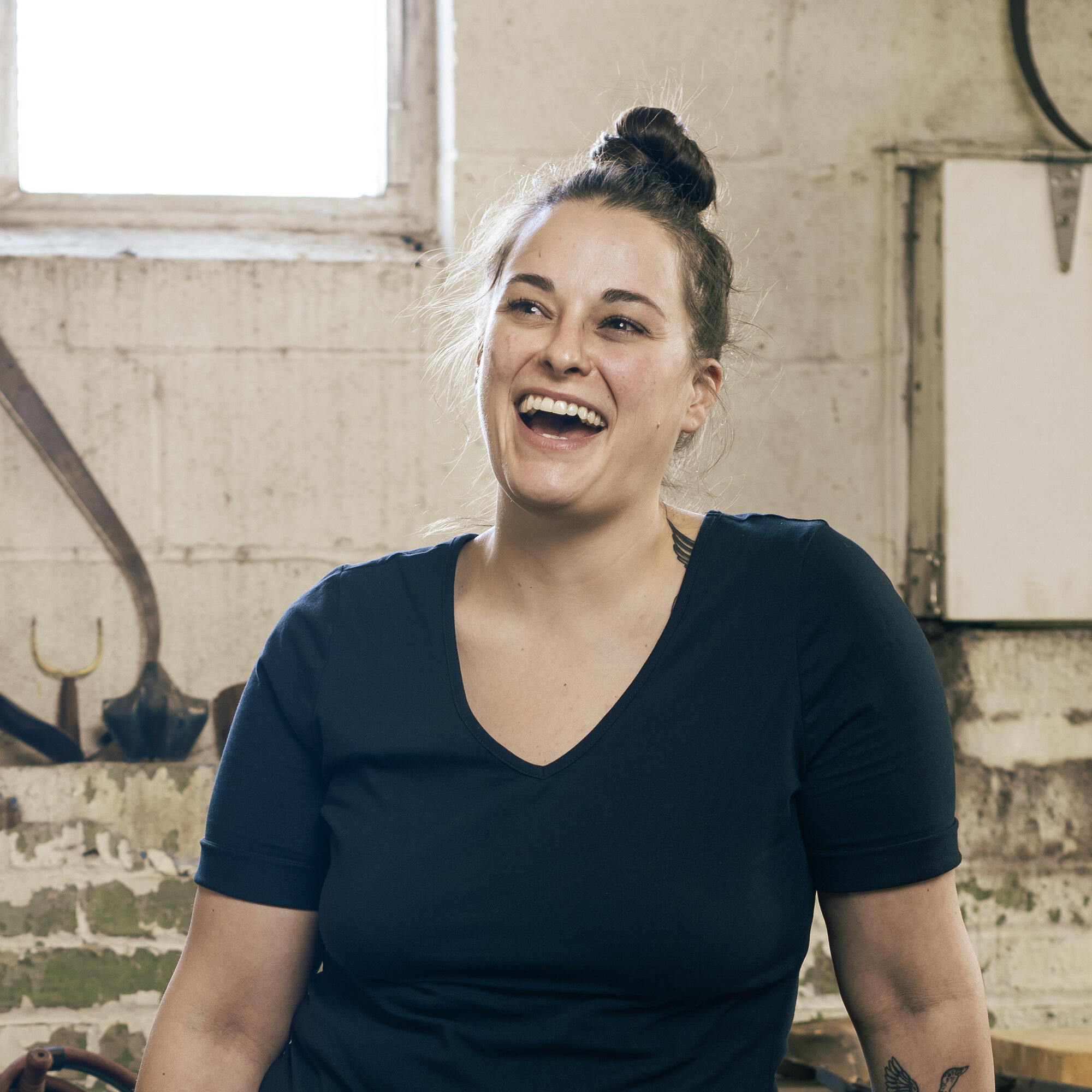


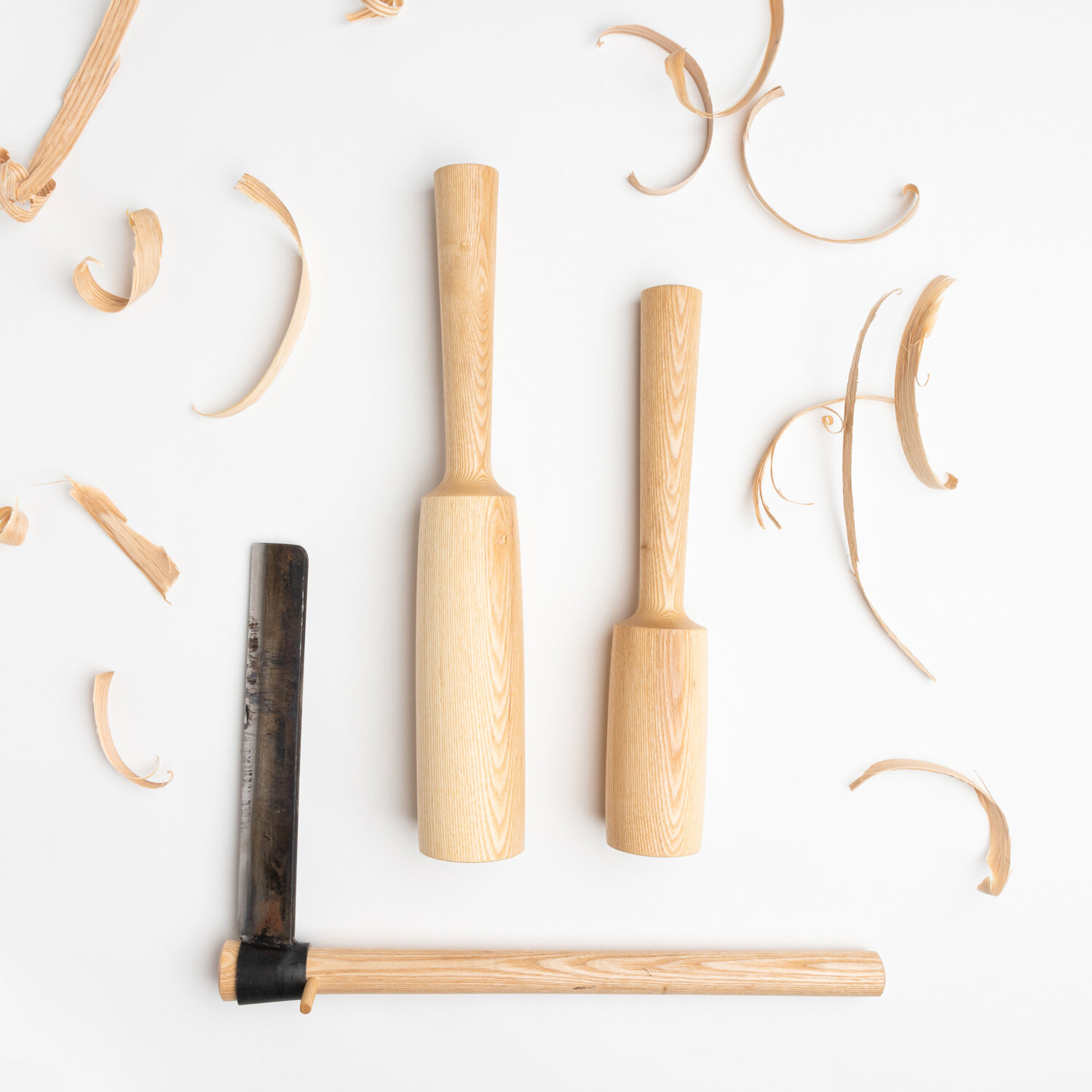


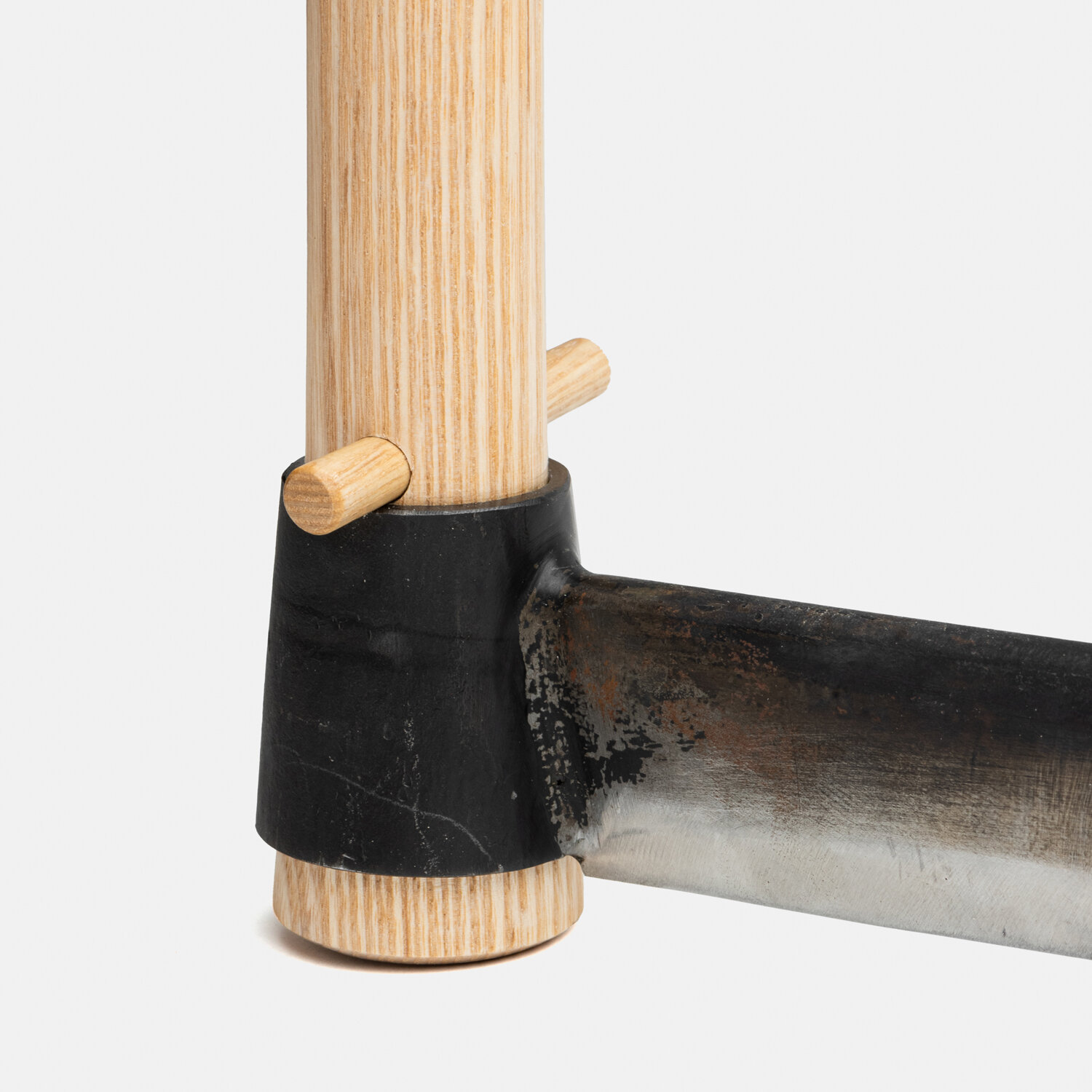


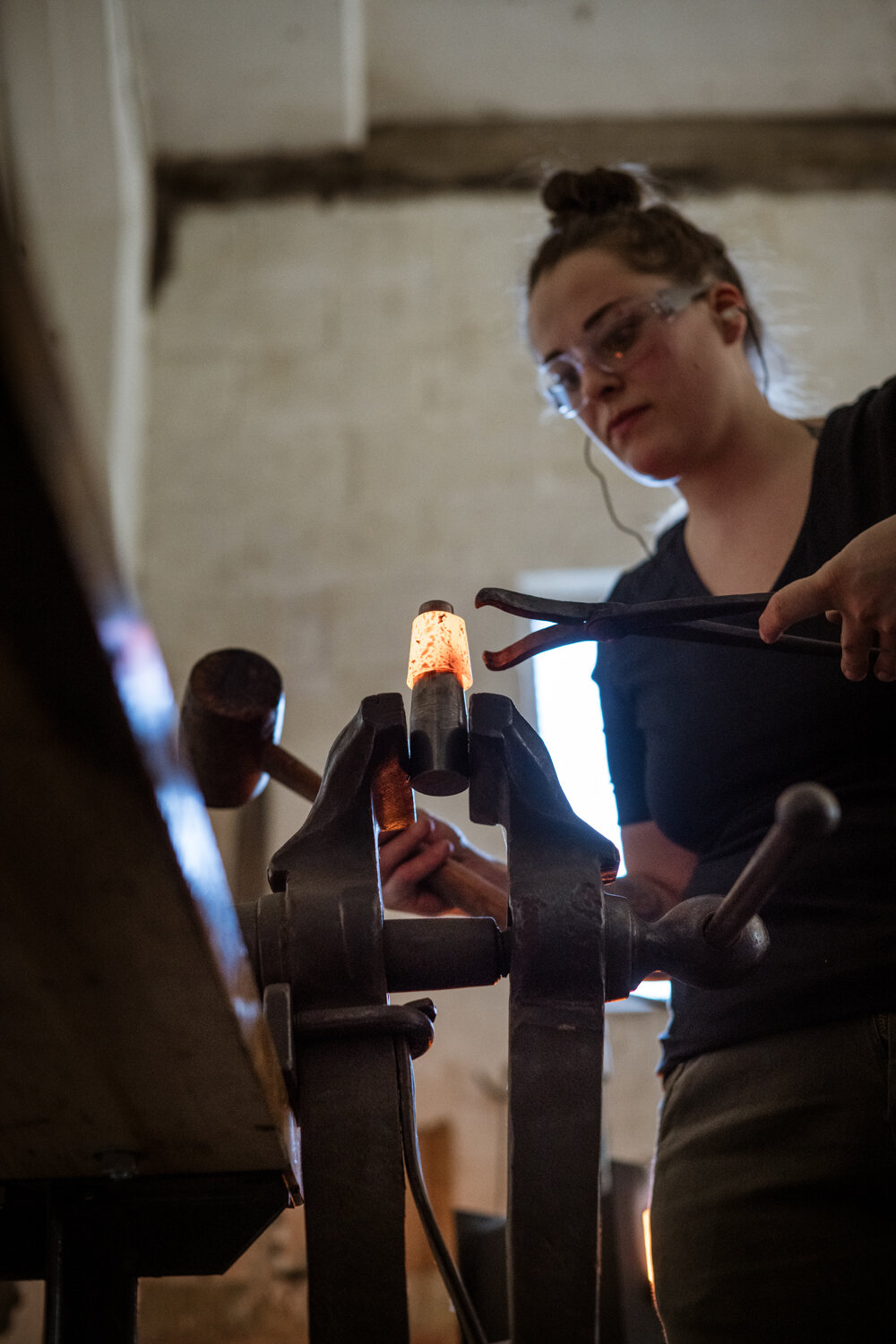

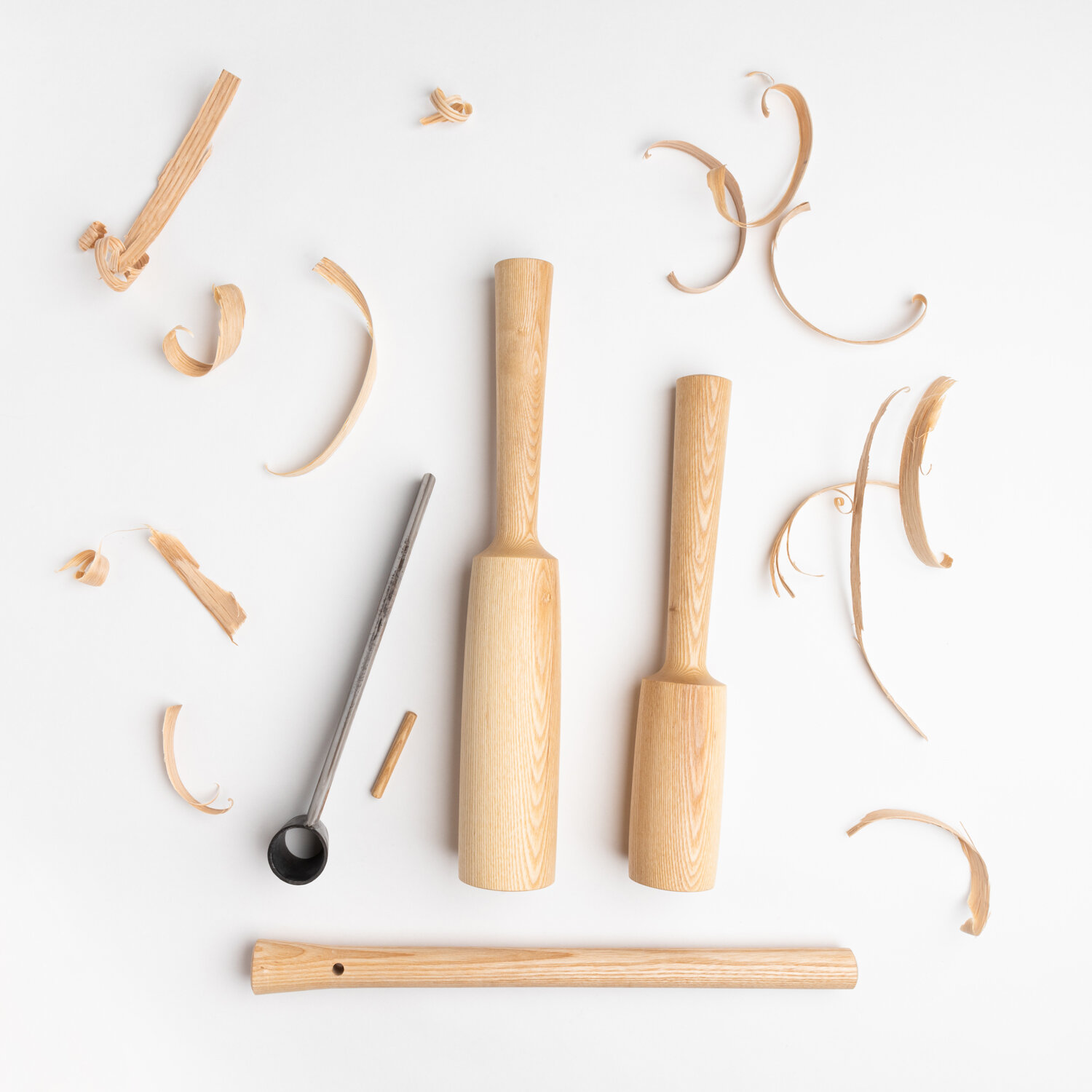
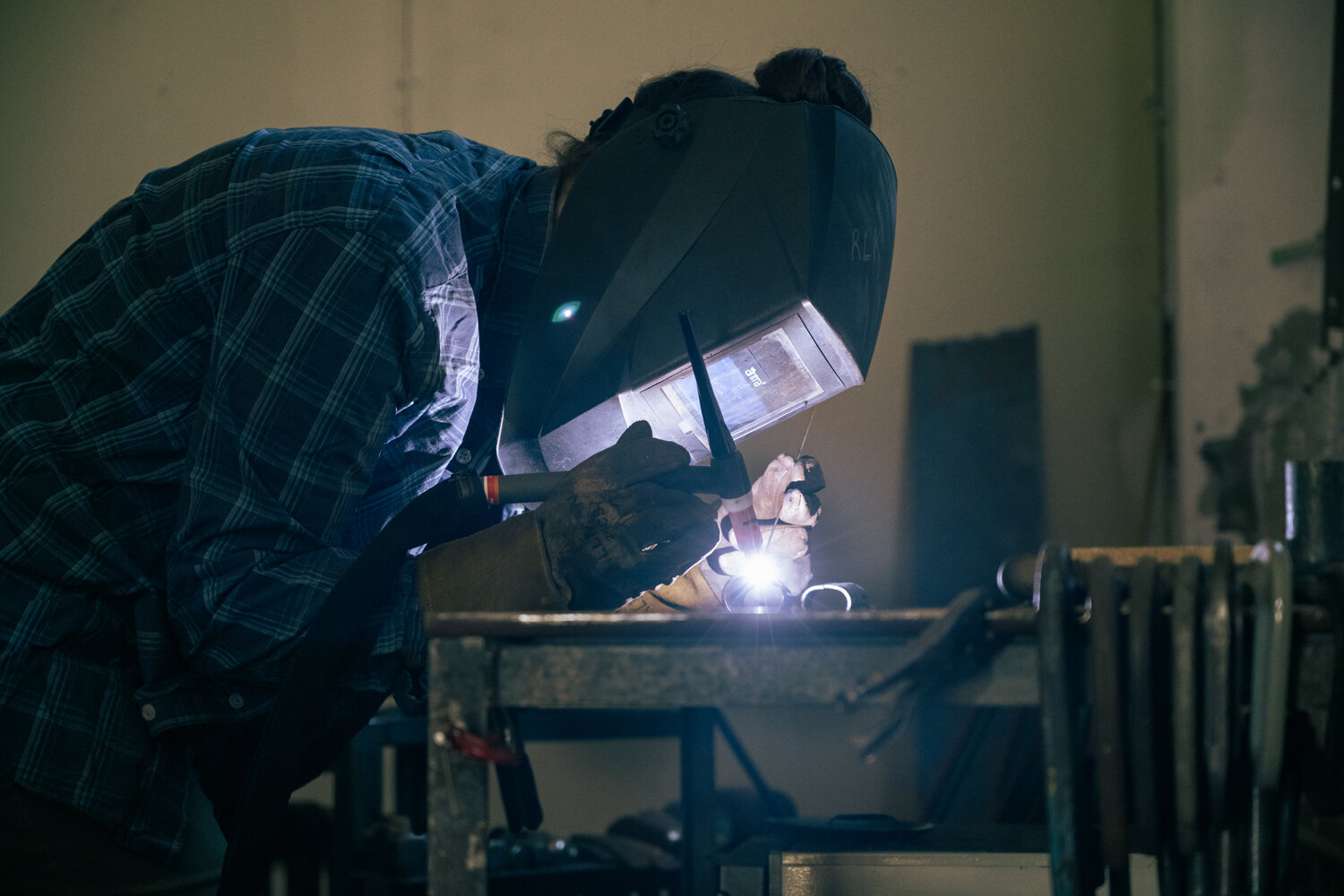
Eleanor Rose
INFILL MALLET
Reproduction of the iconic H.O. Studley Infill Mallet. All work is done in house including casting, inlay, and woodwork. Metals are a brushed finish to be more historically accurate. The head and handle are designed for quick removal, allowing for easy change out or replacement of the infills. The handle is made of dyed hickory to avoid use of endangered Rosewoods. The only alteration is a threaded insert to hold the head together instead of wedged steel and bronze.
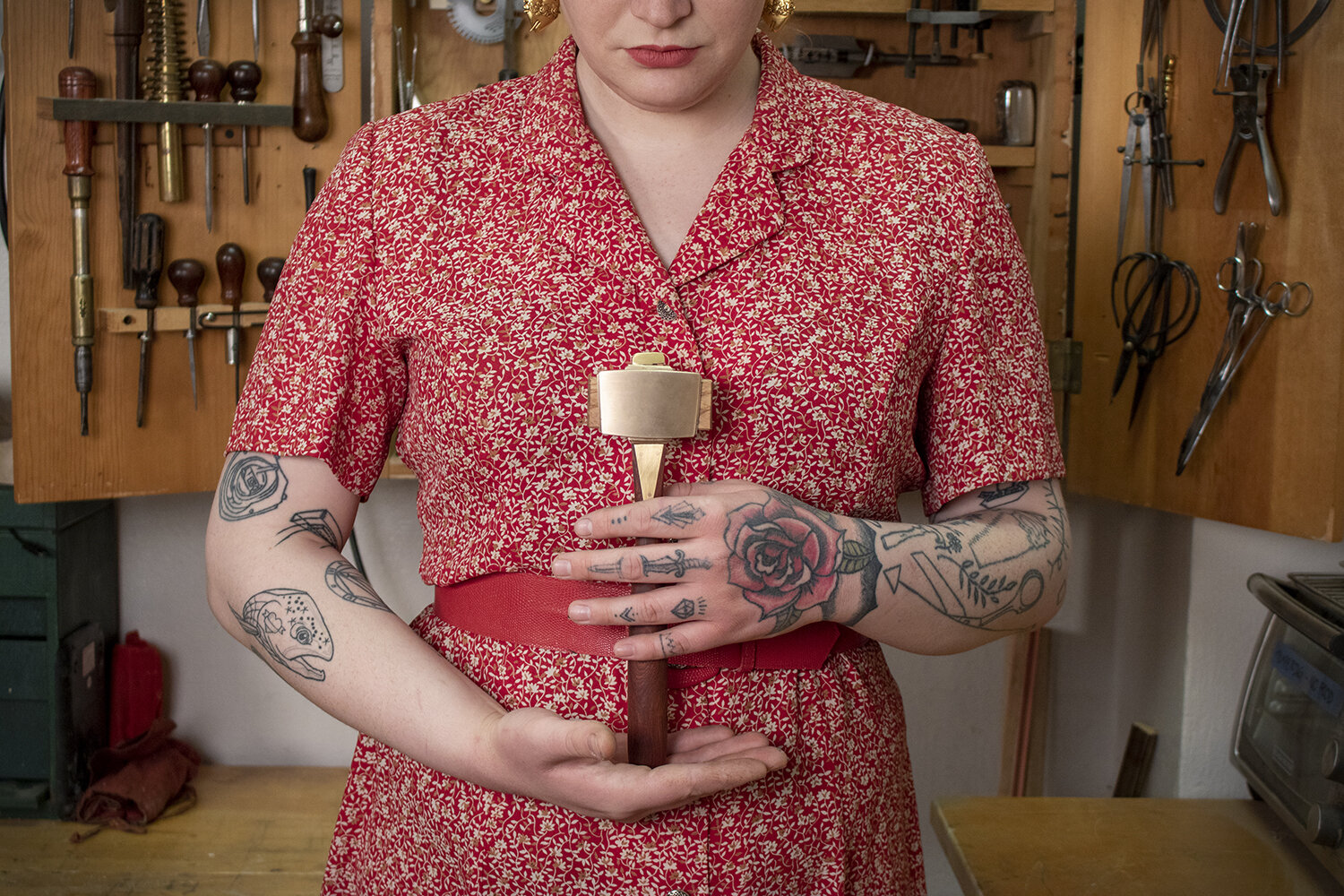
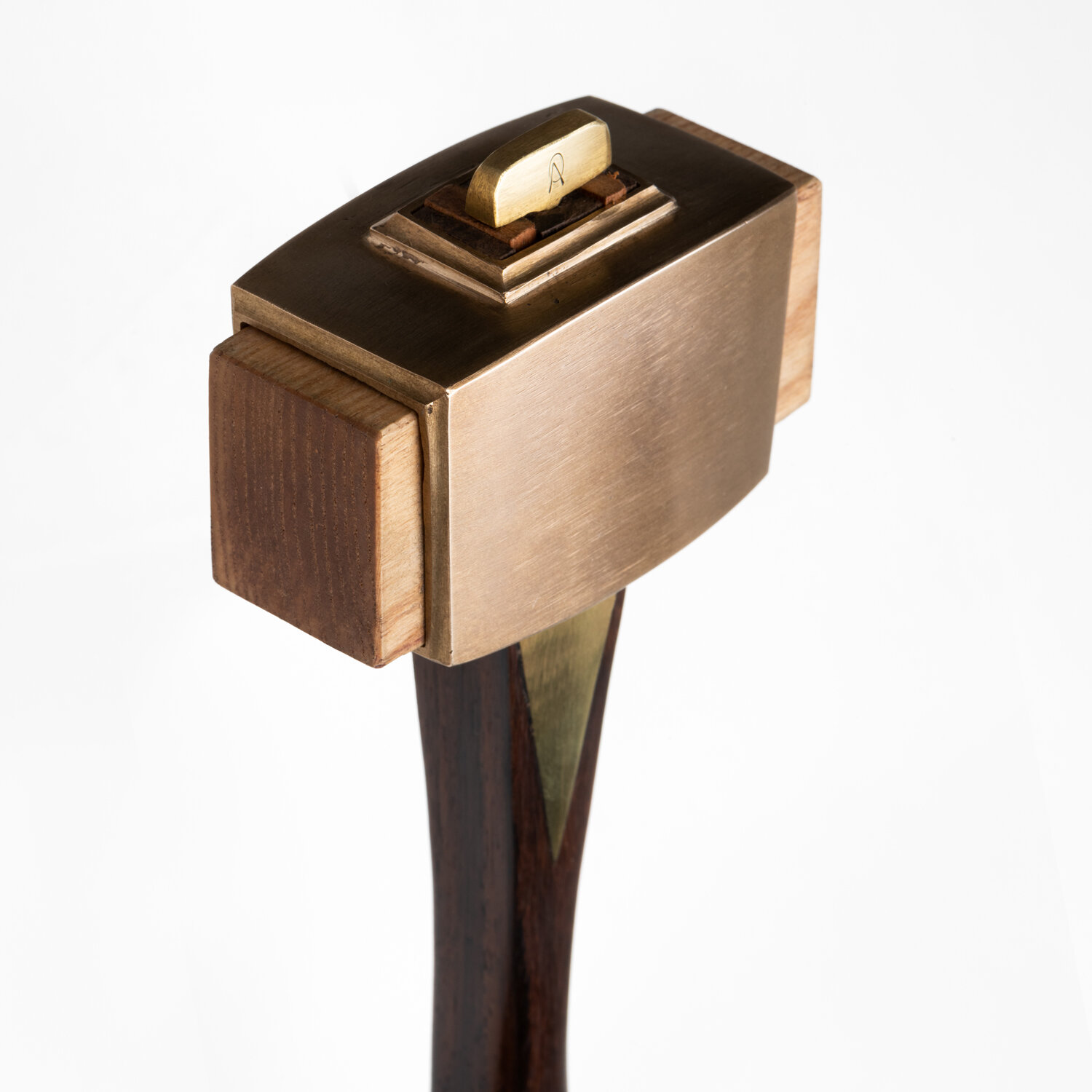


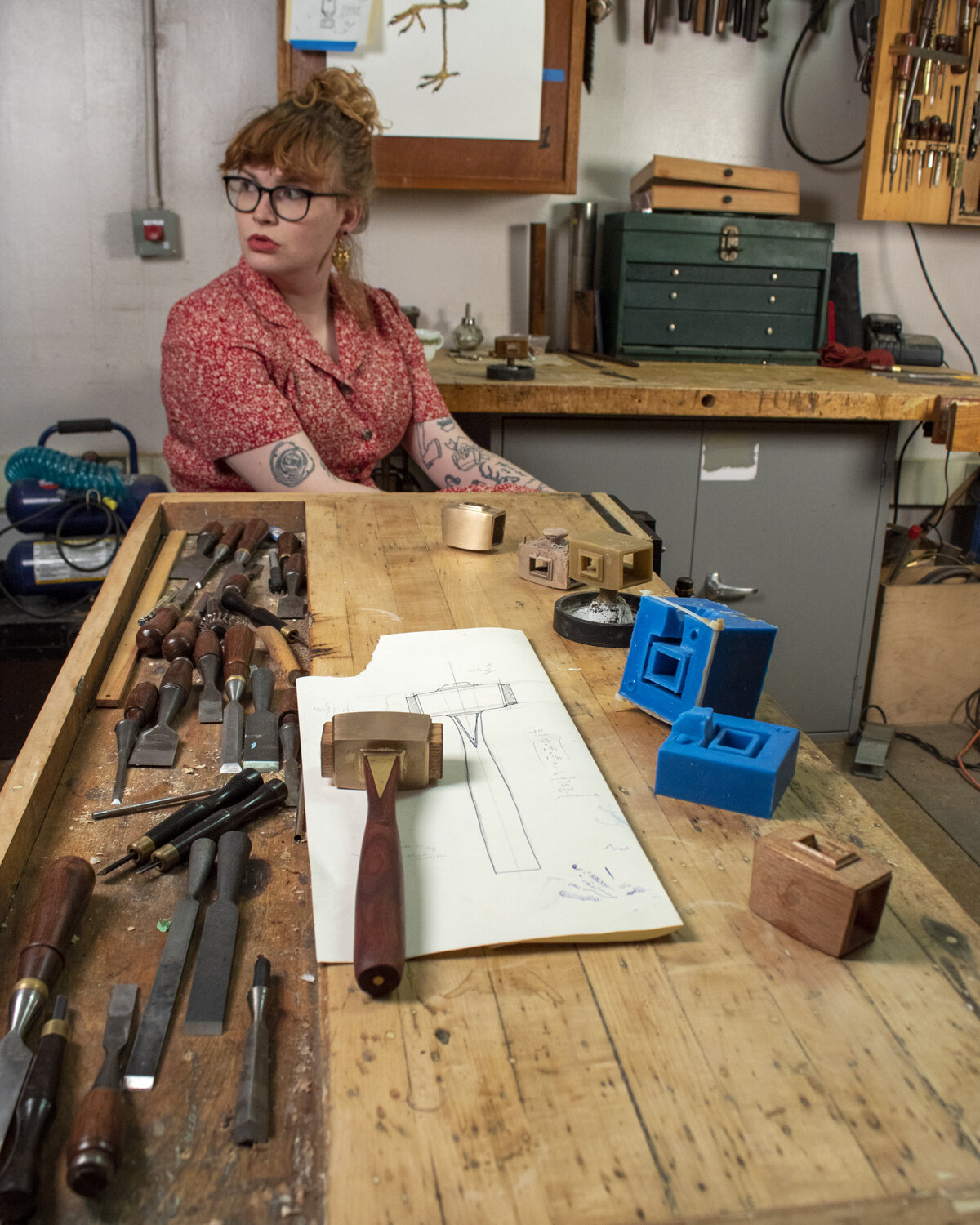


David Clemons
spokeshave
Hand carved spokeshave with a weighty feel and ergonomic grip. The slight curve of the form is intended to guide the stroke of the tool in coarse shaving passes. Brass details add a bit of color and help to displace weight to the ends of the tool.


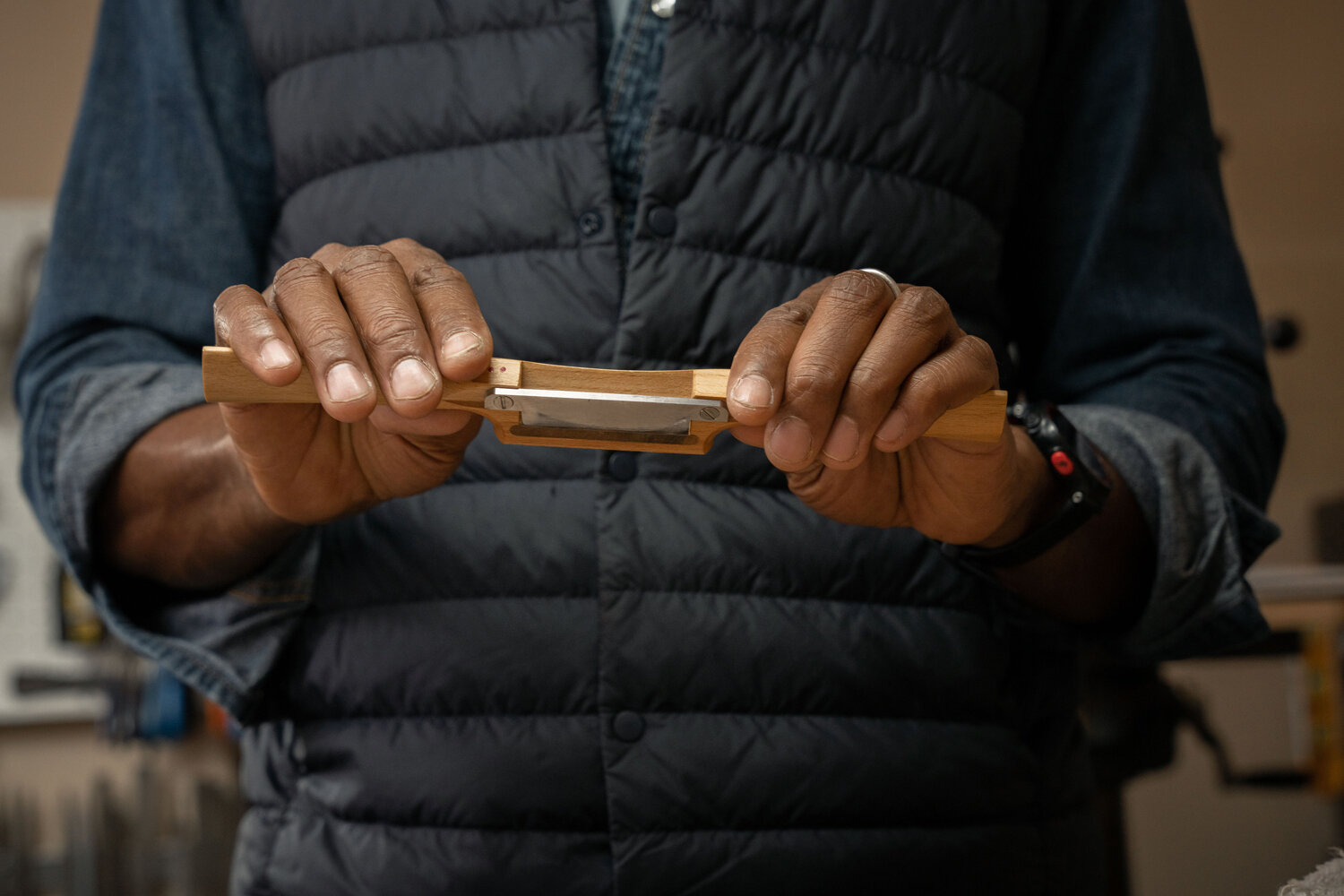

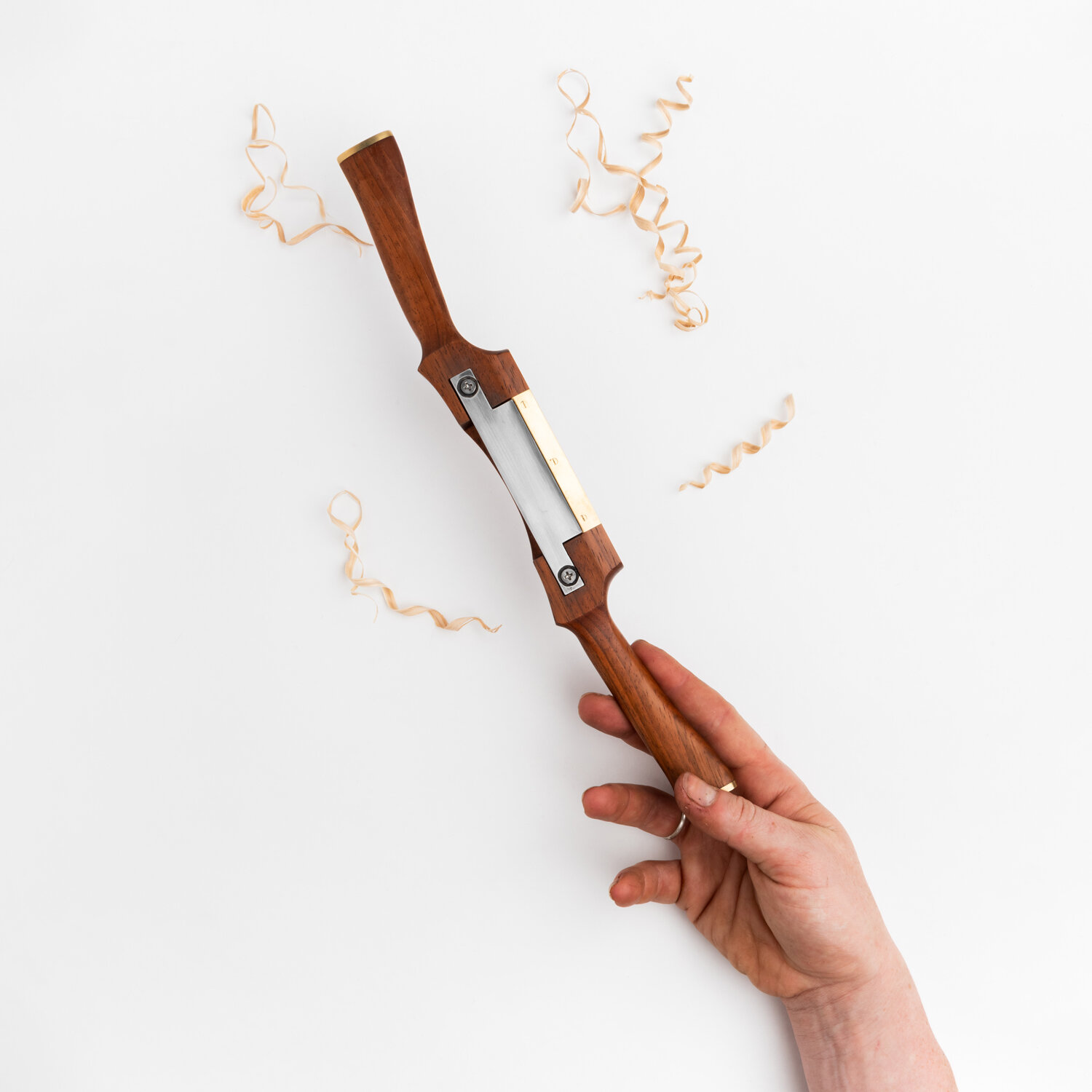


Kelly Harris
TAPERING PLANE
This Tapering Plane works as a tenon cutter, but with a smoothing plane finish and has important added features. It is ideal for making Windsor chairs and any staked furniture.
Cutting a 6° tapered tenon with an exit radius of 5/8" and entrance radius of 15/16”, the HSS Blade creates a 2 ⅞" tapered tenon that is long enough to go through a 2" thick seat with extra length to accommodate for rake and splay. The blade has been modified to ensure a smooth tapered shoulder of up to 1" diameter, bringing the overall length of cut to 3 ⅛". It is also slightly angled at the exit and produces a straight 5/8" tenon for stretcher joinery.
The plane comes with a setting key that is housed in the body of the tool for convenient storage. There is also a depth of cut setting to accommodate different species of wood.
Patent Pending.
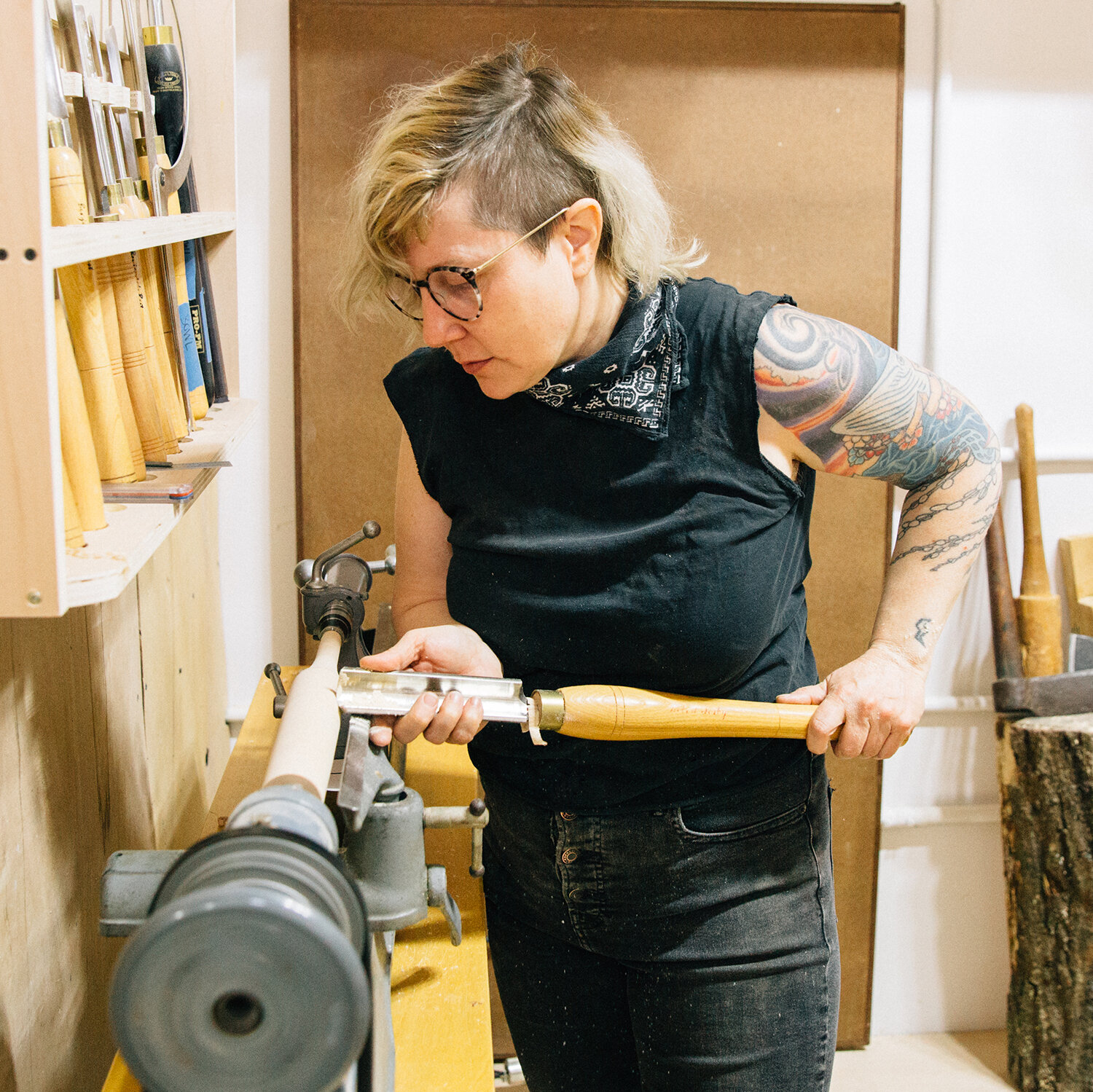
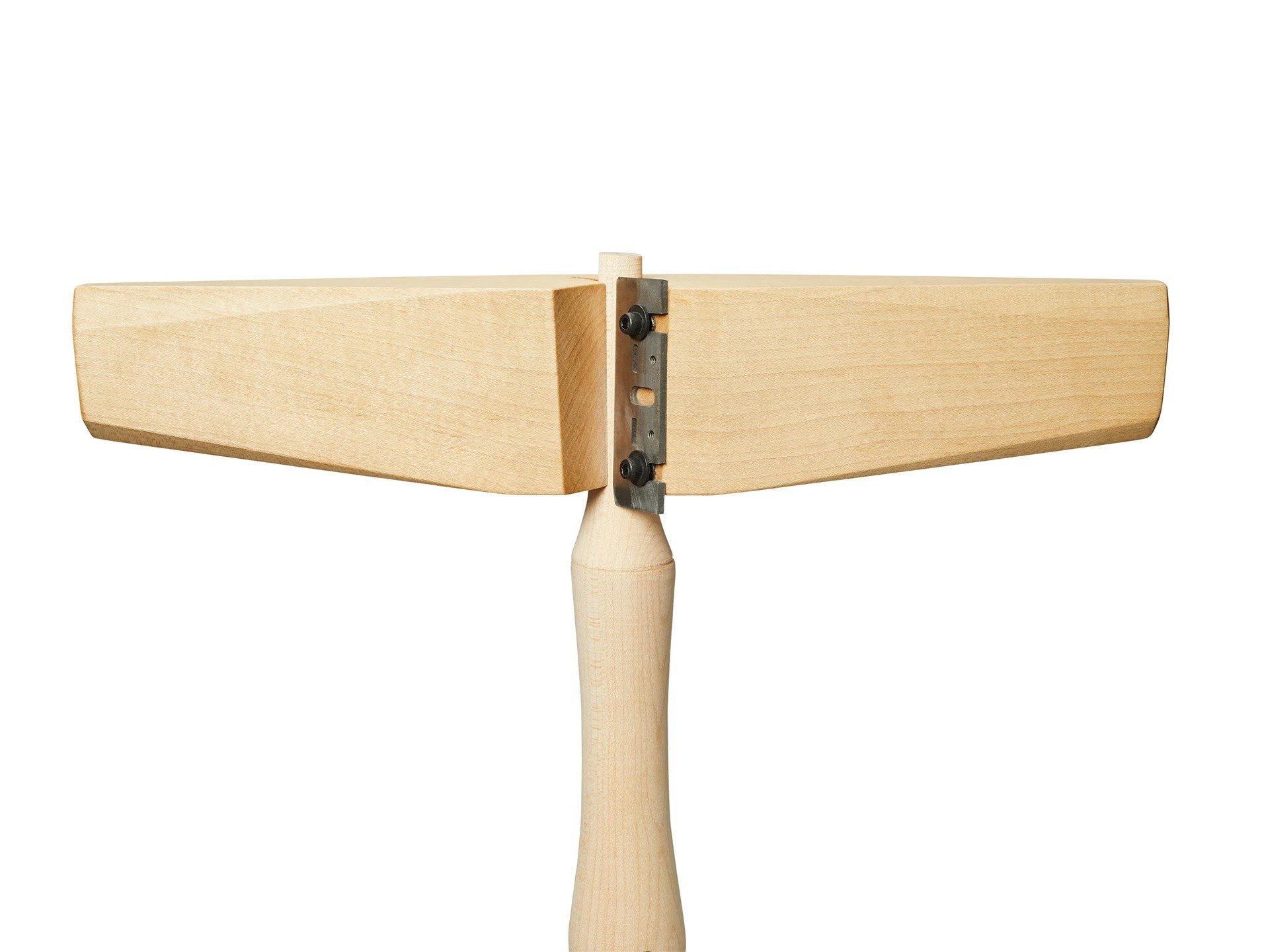




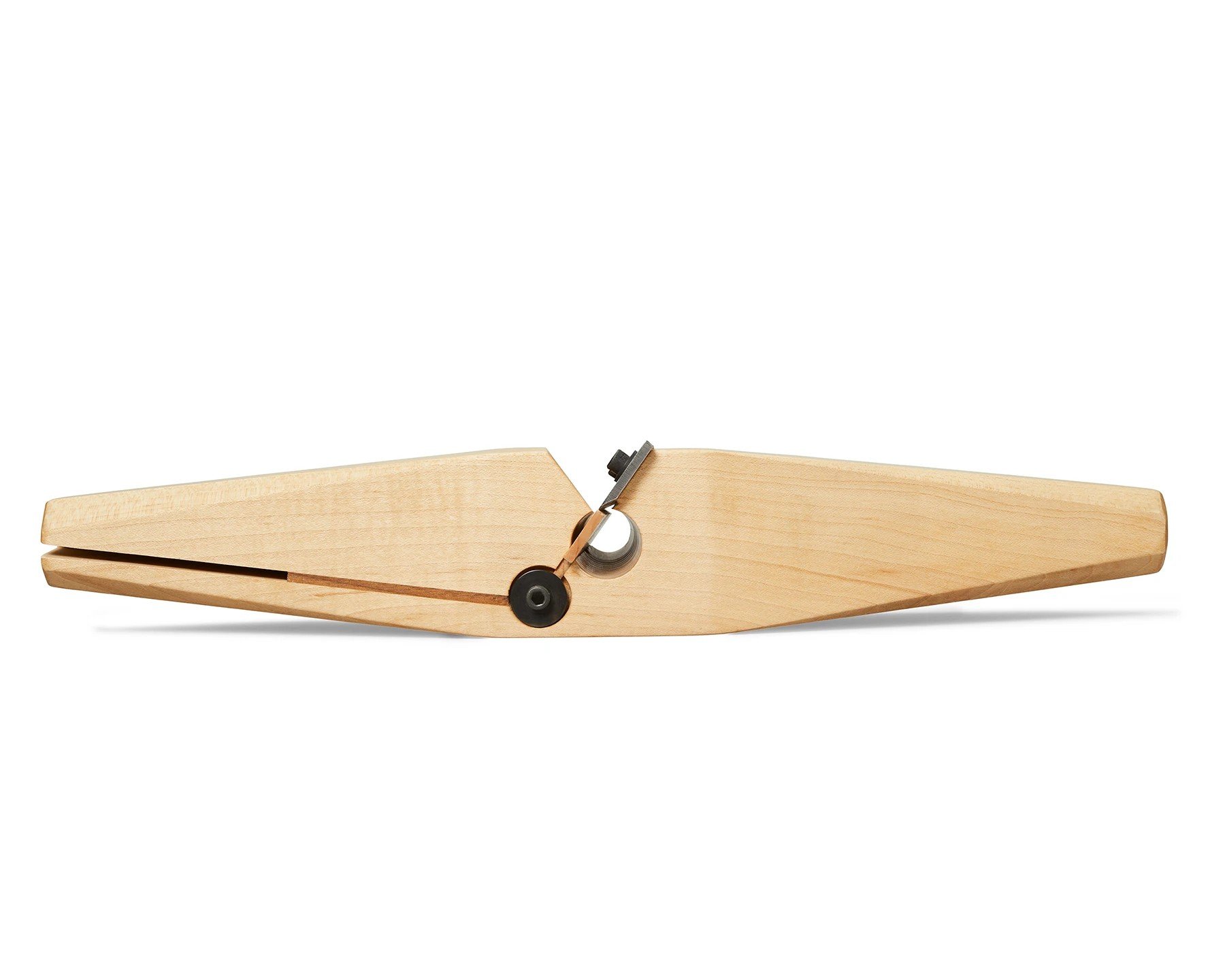

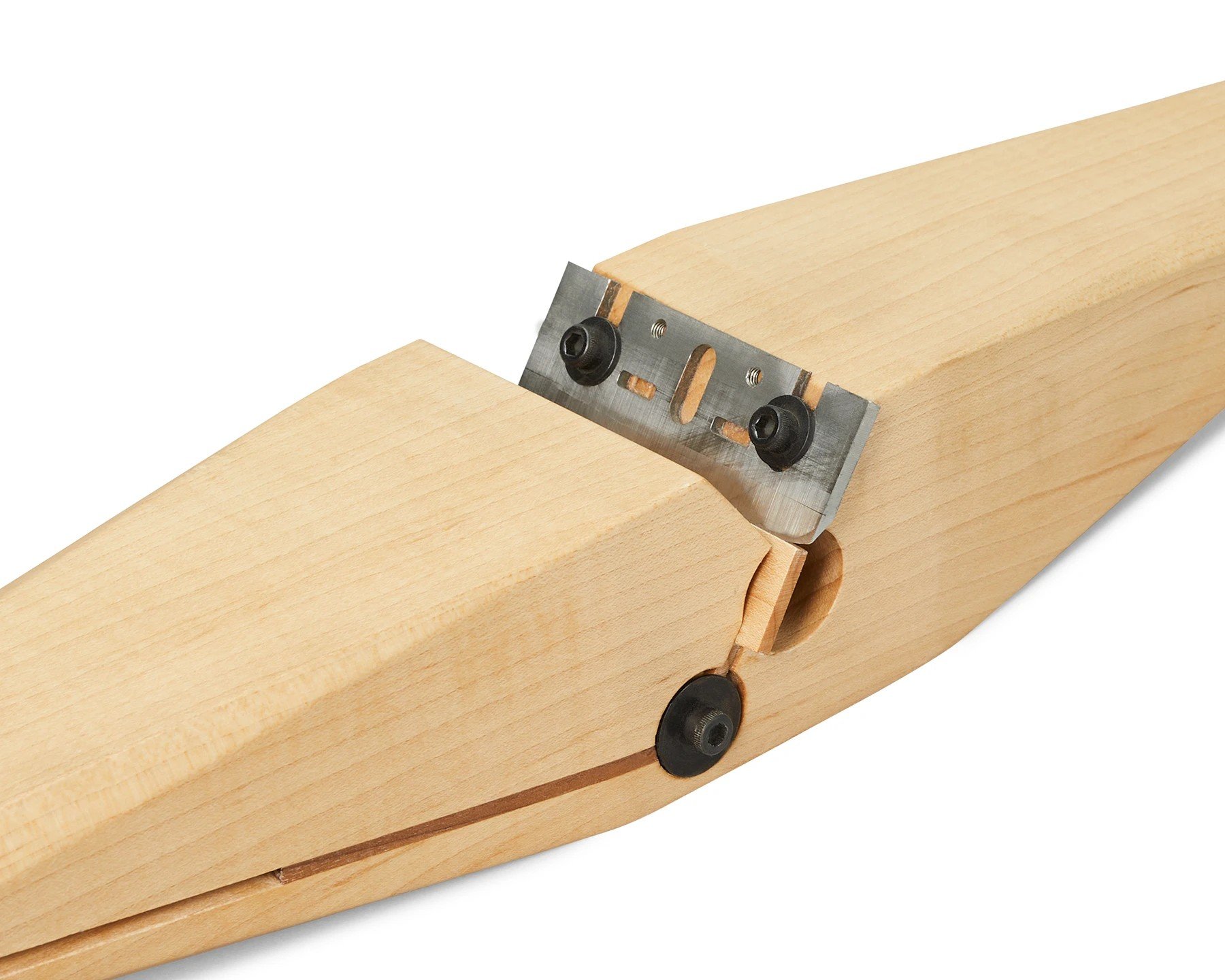
Claire Minihan
Travisher
A wood blank for the body is roughed out and faired. All blades are bent using a cold press technique; while steel is still soft pressing in vise to desired curve between a positive and negative form. Once the blade is bent, it then gets hardened, tempered and sharpened. The brass for the sole is then custom bent to each unique blade. Both pieces of hardware get attached to the body. The sole gets beveled and filed down to achieve desired blade exposure and throat clearance. Once assembled the travisher then gets final shaped by hand using various shaves, files and rasps.


